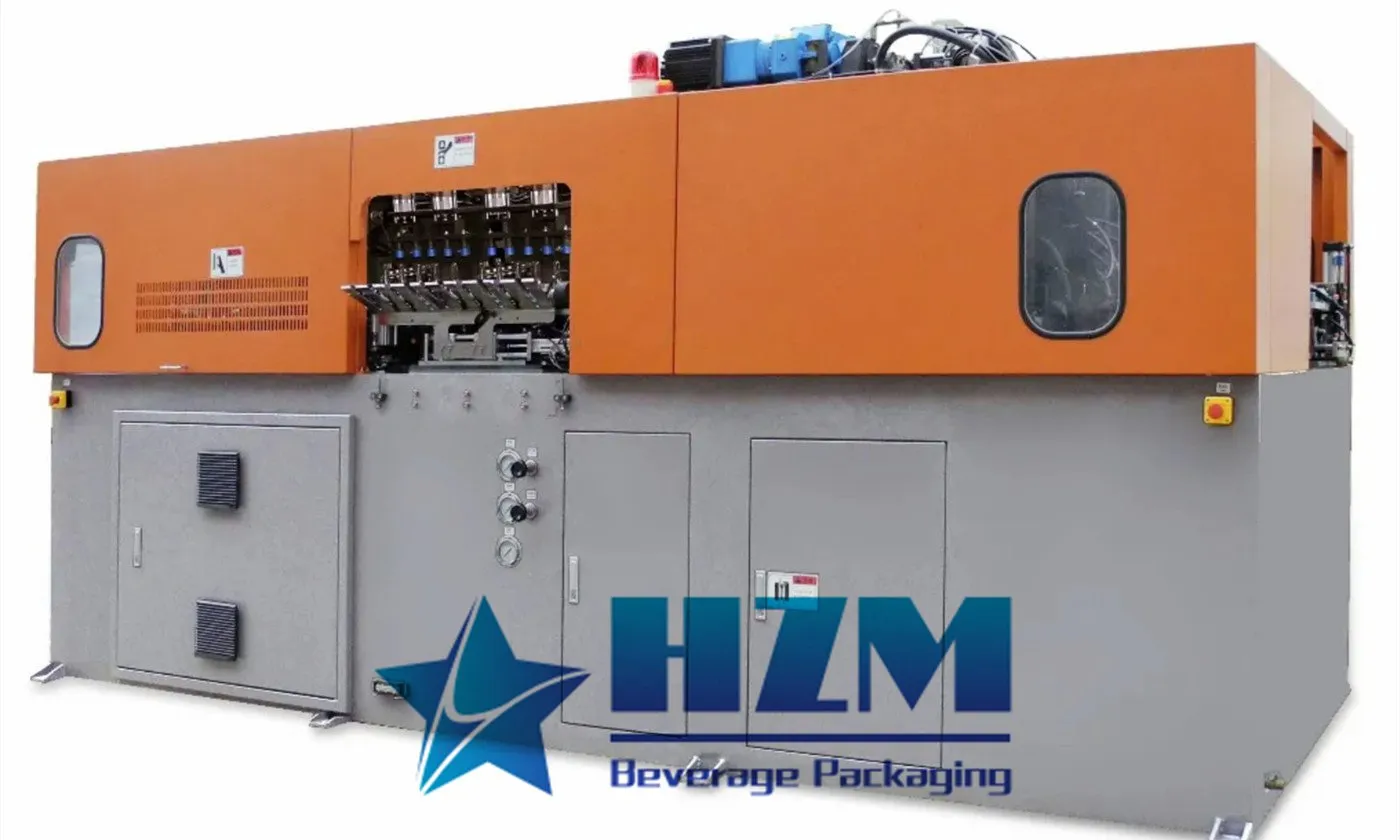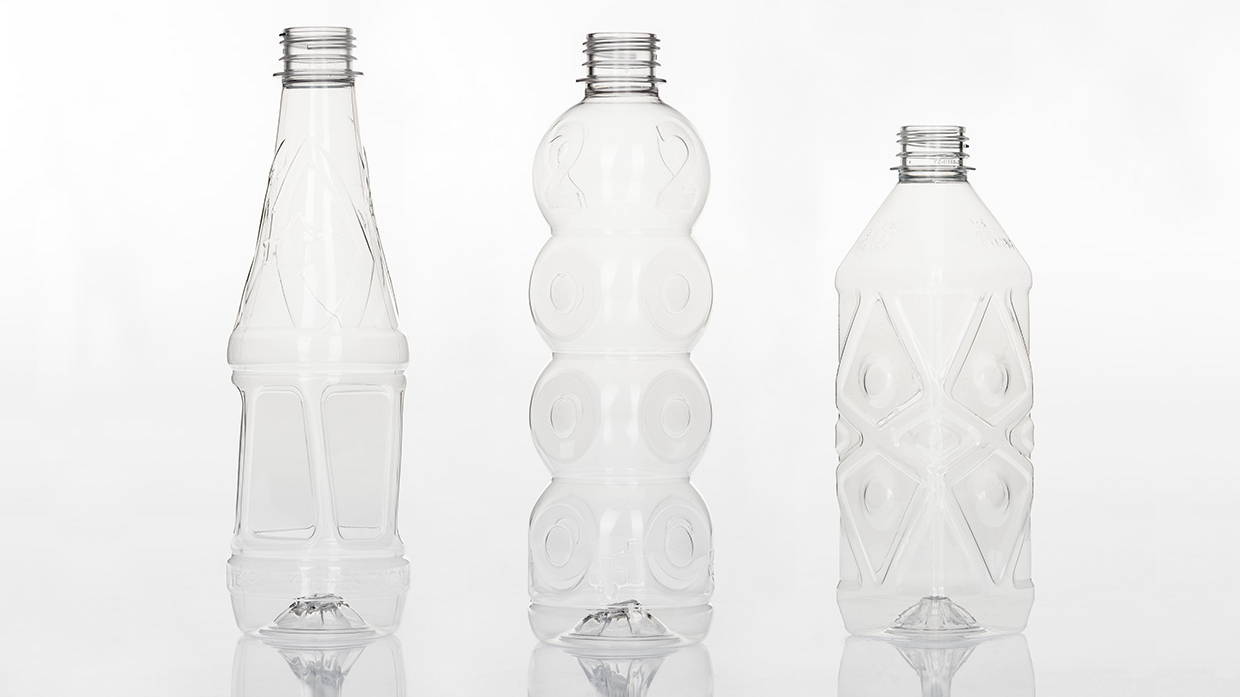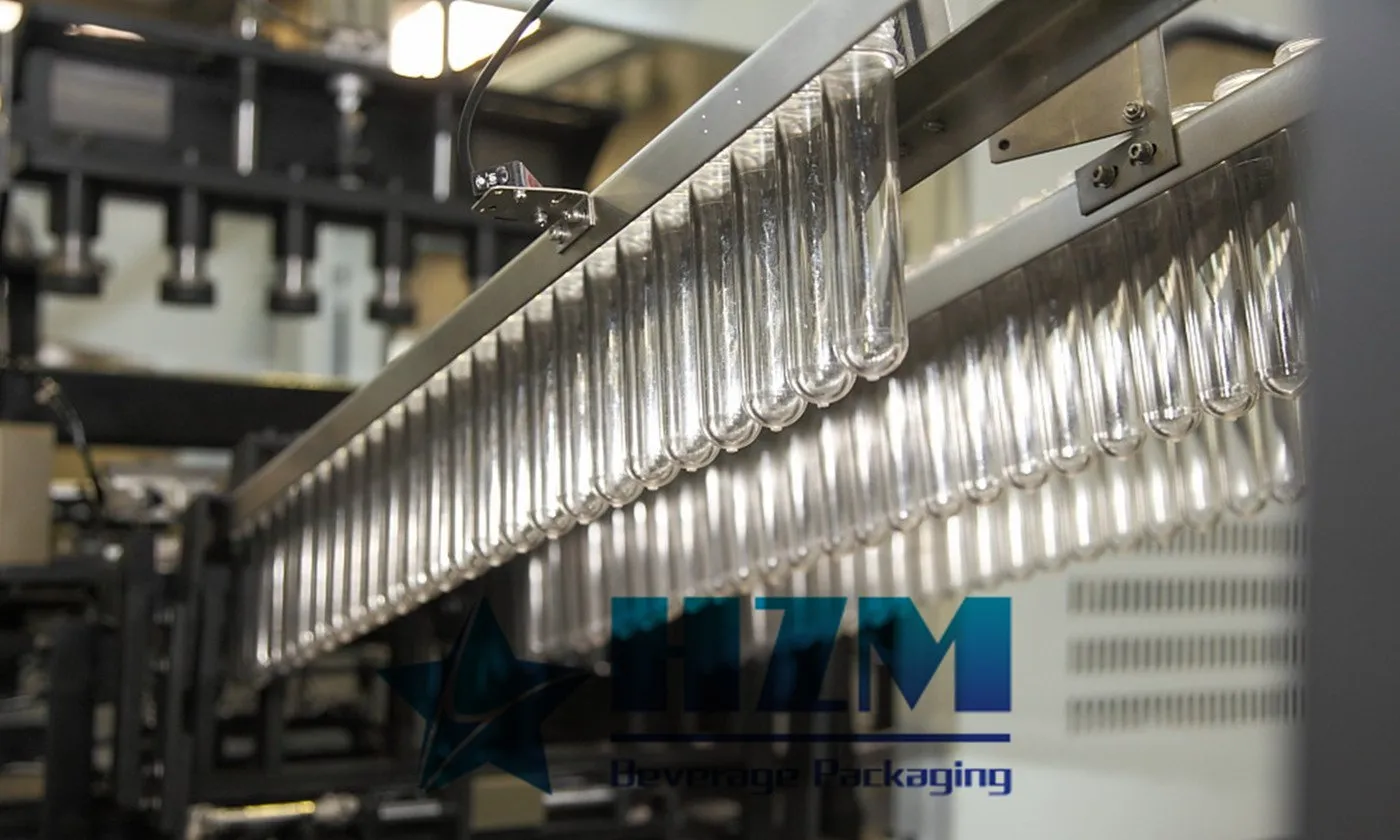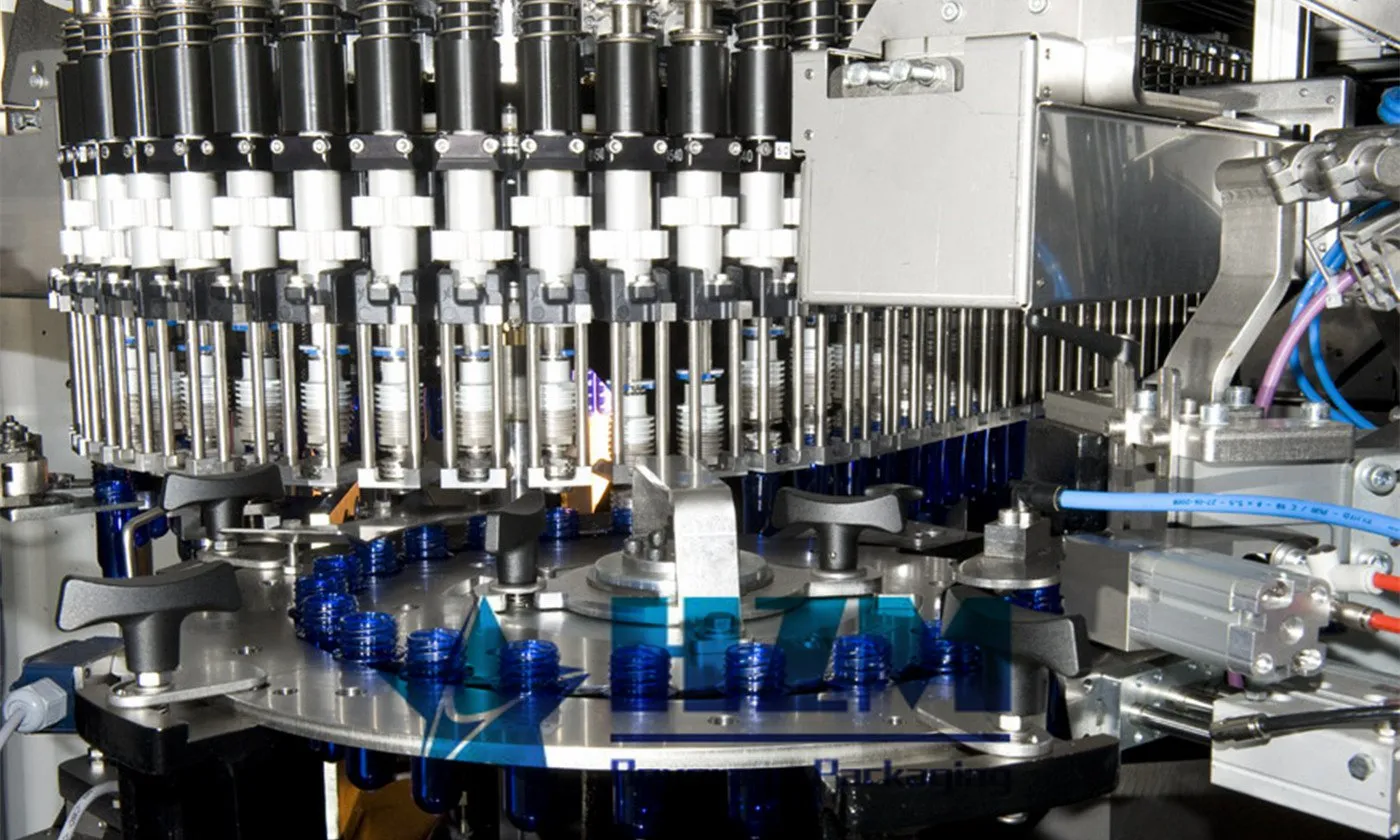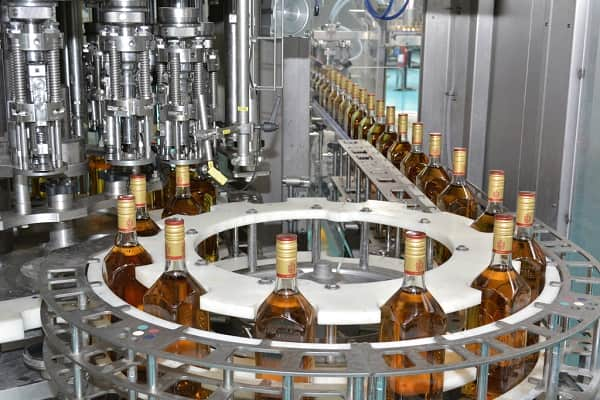The Essential Guide to Blow Molding Machines: From Basics to Choosing the Right One
Blow molding machines are pivotal in the production of hollow containers, primarily bottles, offering versatility and efficiency in manufacturing processes. In this comprehensive guide, we delve into the intricacies of blow molding machines, their features, processes, and how to choose the right model for your production needs.
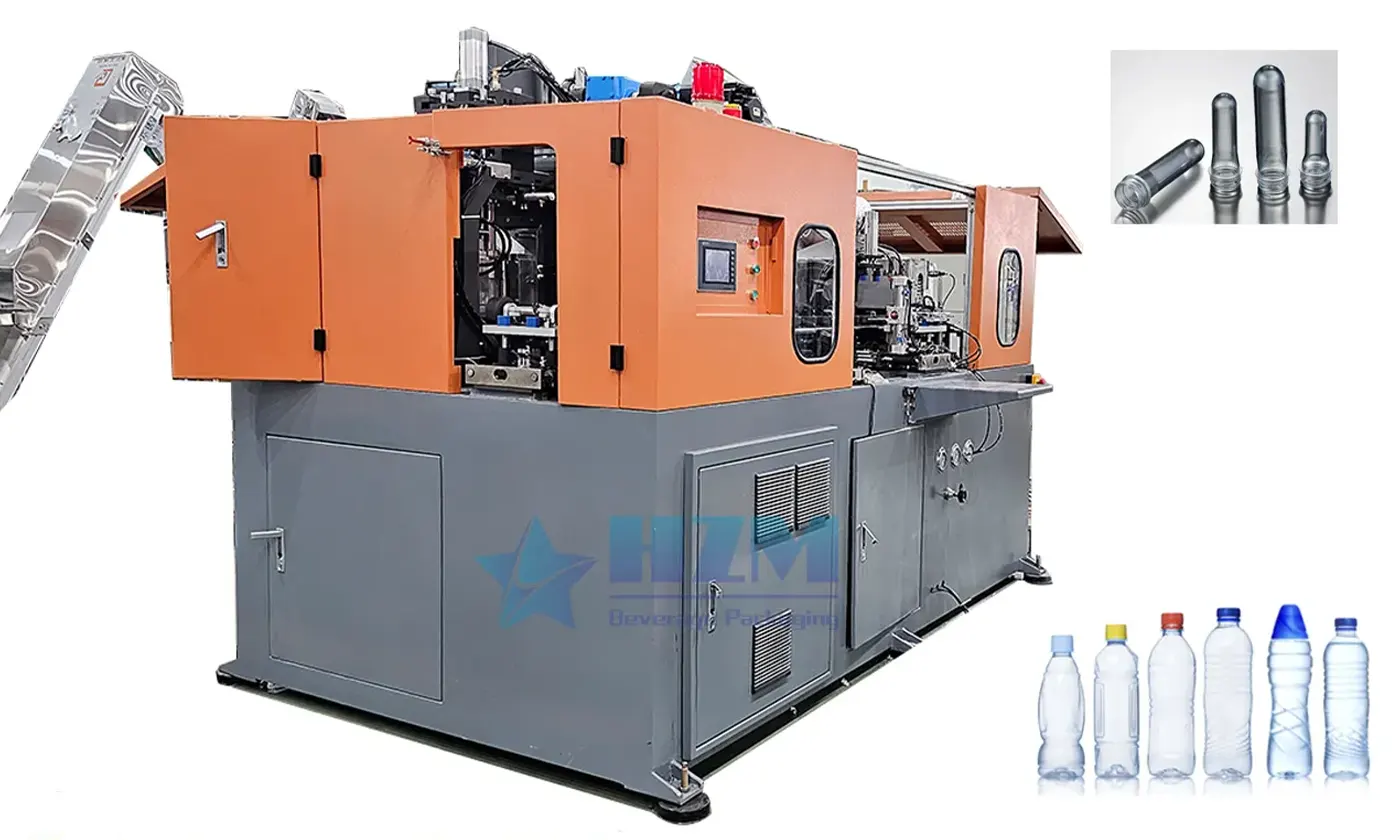
Exploring Blow Molding Machines
Blow molding machines are adept at transforming plastic particles or pre-made preforms into bottles through specialized processing methods. They encompass various features designed to enhance performance and durability:
- Utilization of oil-free bladder locking technology ensures high locking force, reduced stress on joints, and extended lifespan.
- Patented rapid sealing technology simplifies the sealing process, particularly for wide-mouth bottles, enhancing efficiency.
- Integration of Panasonic PLC and touchscreen facilitates intuitive operation and ensures reliability.
Understanding the Process
The blow molding process involves several key steps, primarily preheating and blow molding:
- Preheating: Infrared lamps are utilized to heat the body part of the preform, softening it for molding. Notably, the preform's mouth remains unheated and requires subsequent cooling.
- Blow Molding: The preheated preform is positioned in a prepared blow mold, where high-pressure air is injected, stretching it into the desired bottle shape.
Types of Blow Molding Machines
Blow molding machines are broadly categorized into two types: pneumatic and hydraulic, depending on their capacity. Pneumatic machines are suitable for bottles up to 10L, while hydraulic machines cater to capacities above 10L, albeit with higher energy consumption. Common variants include blow molders, hollow molding machines, injection blow machines, and the prevalent two-step blow molding machines.
Choosing the Right Machine
Selecting the appropriate blow molding machine involves careful consideration of various factors, including product specifications, cavity count, bottle capacity, and hourly output. Fully automatic machines offer enhanced efficiency by automating the bottle-blowing process through robotic arms, albeit at a higher cost compared to semi-automatic counterparts.
Key Considerations
- Evaluate your production requirements and select a machine model that aligns with your specific needs.
- Consider reputable manufacturers, particularly those based in Jiangsu, China, known for their quality and comprehensive technical support.
- Opt for manufacturers capable of customizing machine models based on specific requirements and offering reliable after-sales service.
Blow molding machines represent a cornerstone in modern manufacturing, enabling the efficient production of hollow containers like bottles. By understanding their features, processes, and selecting the right model, manufacturers can optimize production capabilities and achieve superior results in their operations.
TAG: Blow Molding Machine



-
![Successful Delivery of New Blow Molding Machine to Indonesian Customer]() Successful Delivery of New Blow Molding Machine to Indonesian CustomerMar , 24 /2023
Successful Delivery of New Blow Molding Machine to Indonesian CustomerMar , 24 /2023 -
![The Edible Oil Bottle Blowing Machine: Unveiling Efficiency and Precision]() The Edible Oil Bottle Blowing Machine: Unveiling Efficiency and PrecisionMay , 12 /2023
The Edible Oil Bottle Blowing Machine: Unveiling Efficiency and PrecisionMay , 12 /2023 -
![Automatic Rotary Blow Molding Machine: Features, Applications, and Maintenance]() Automatic Rotary Blow Molding Machine: Features, Applications, and MaintenanceMay , 12 /2023
Automatic Rotary Blow Molding Machine: Features, Applications, and MaintenanceMay , 12 /2023 -
![Maintenance and Care of 5 Gallon Bottle Blow Molding Machine]() Maintenance and Care of 5 Gallon Bottle Blow Molding MachineJun , 06 /2023
Maintenance and Care of 5 Gallon Bottle Blow Molding MachineJun , 06 /2023





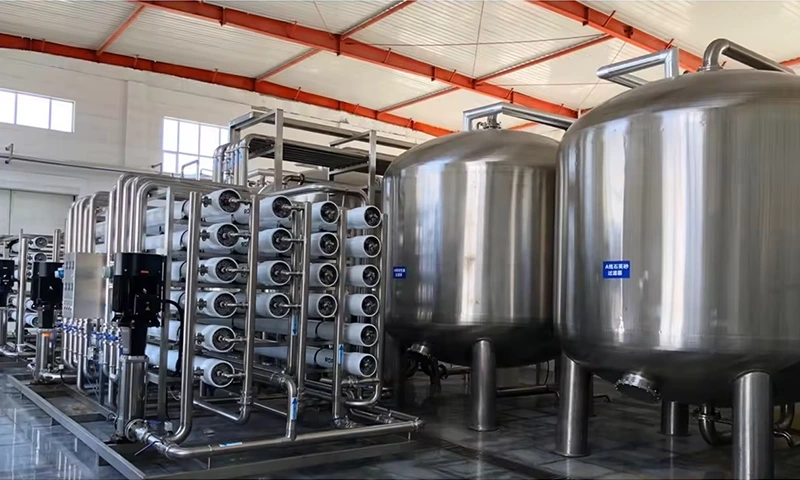
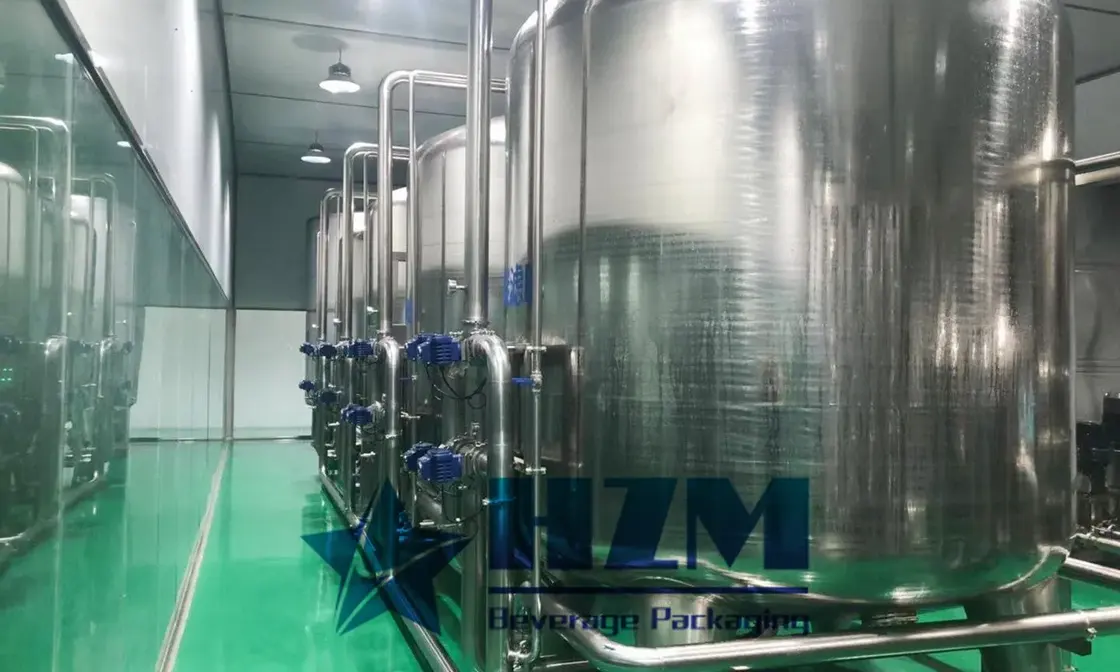
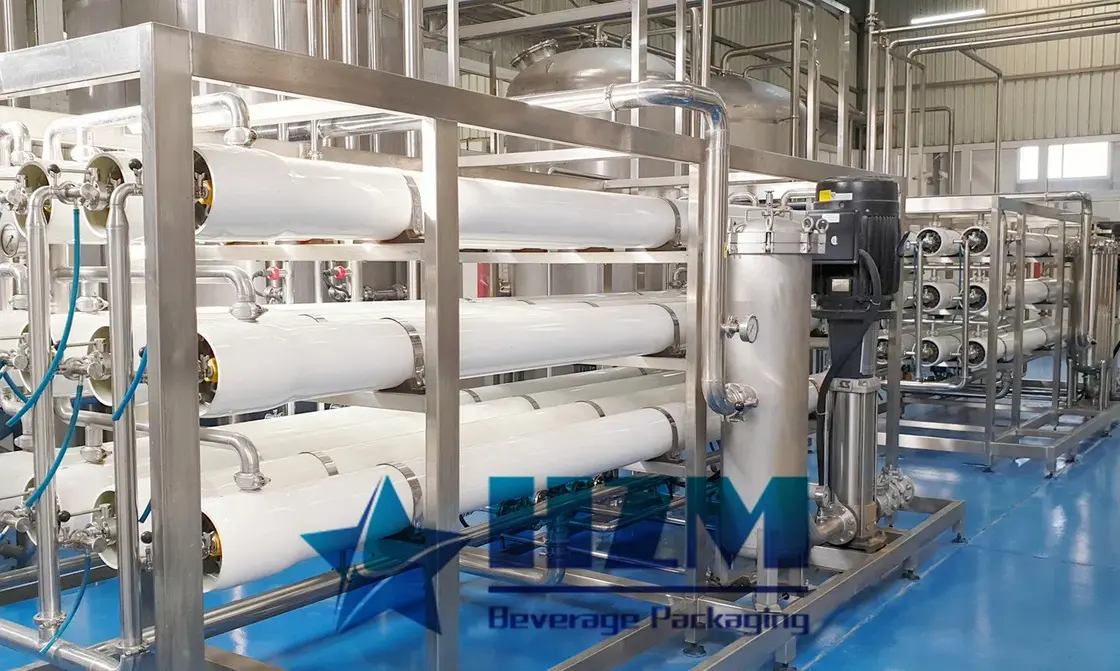
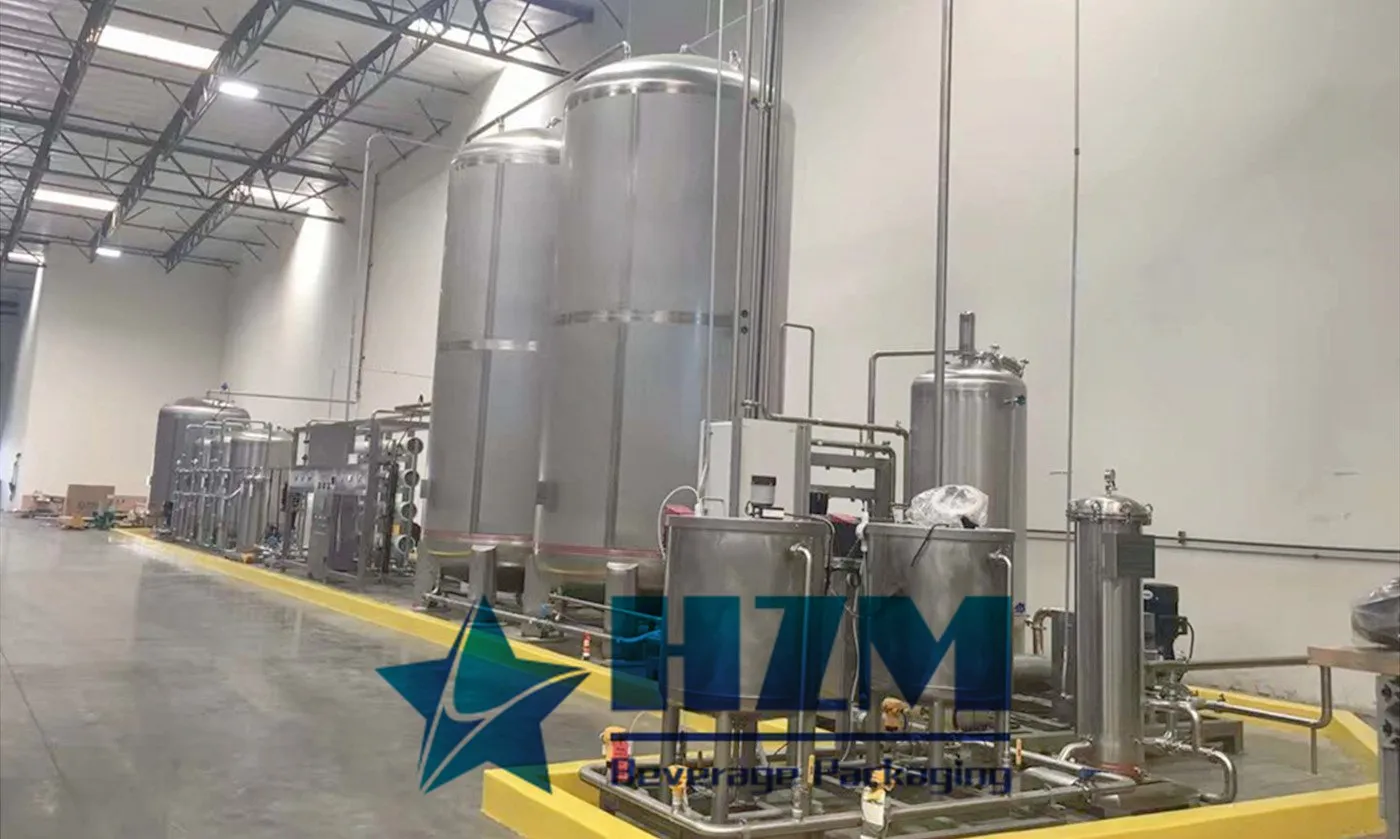
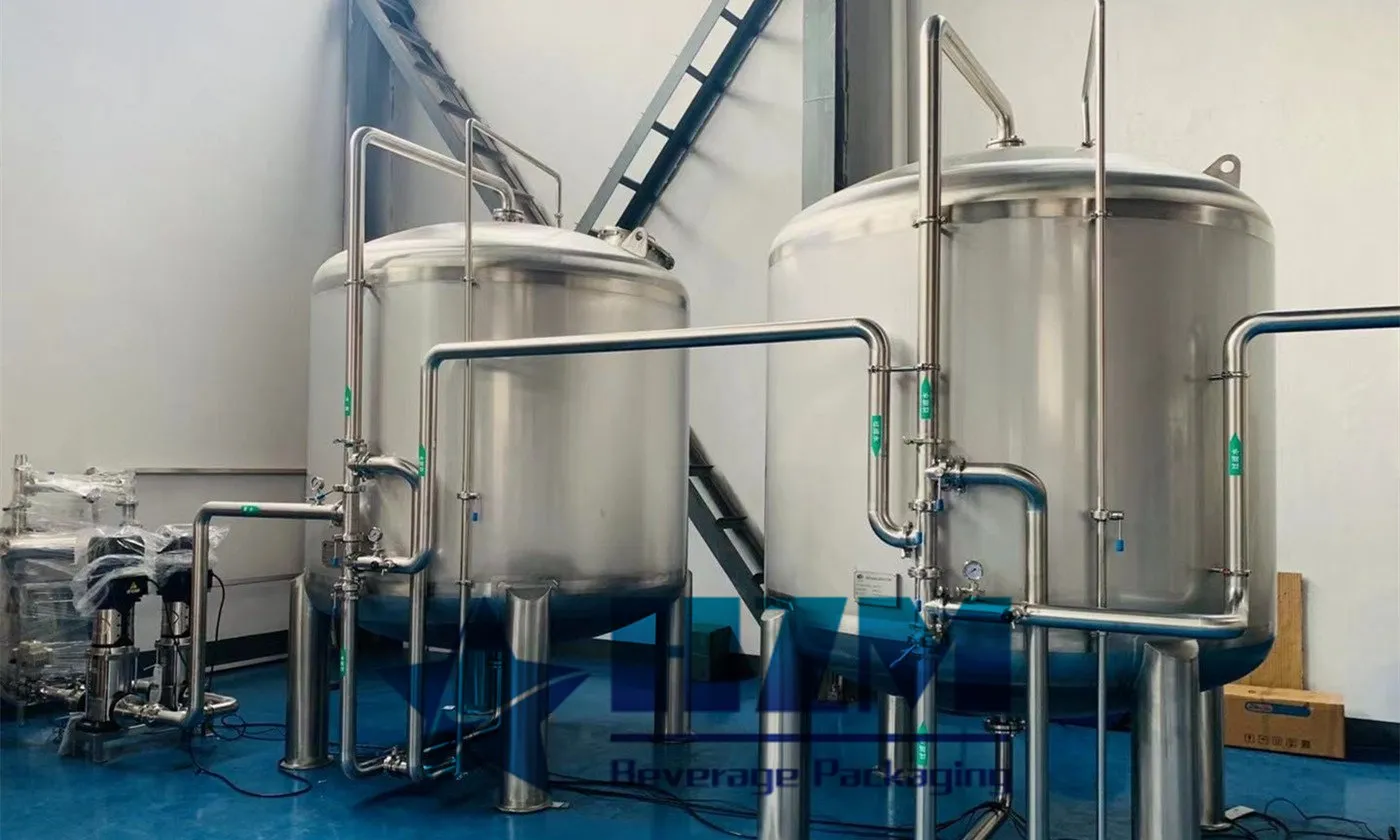
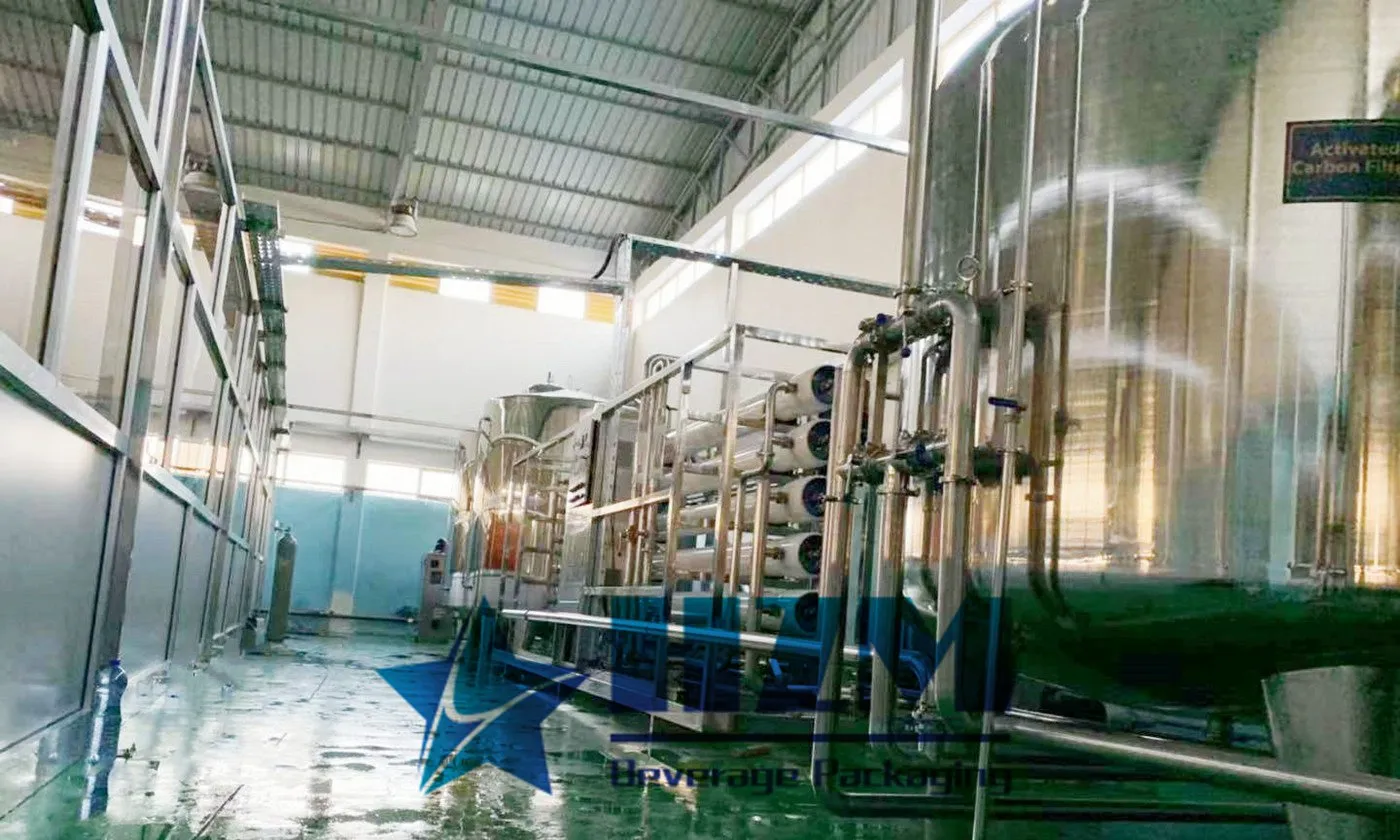
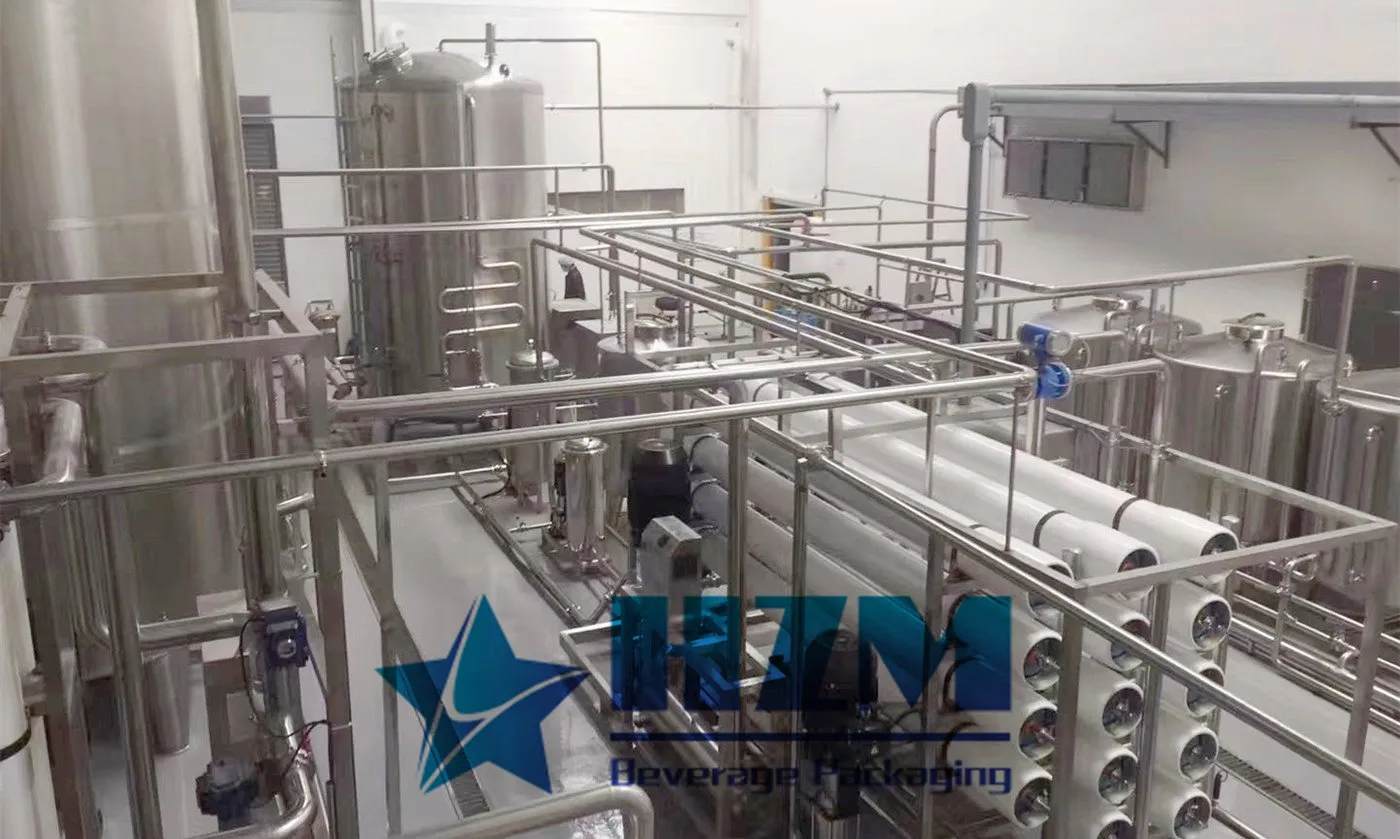
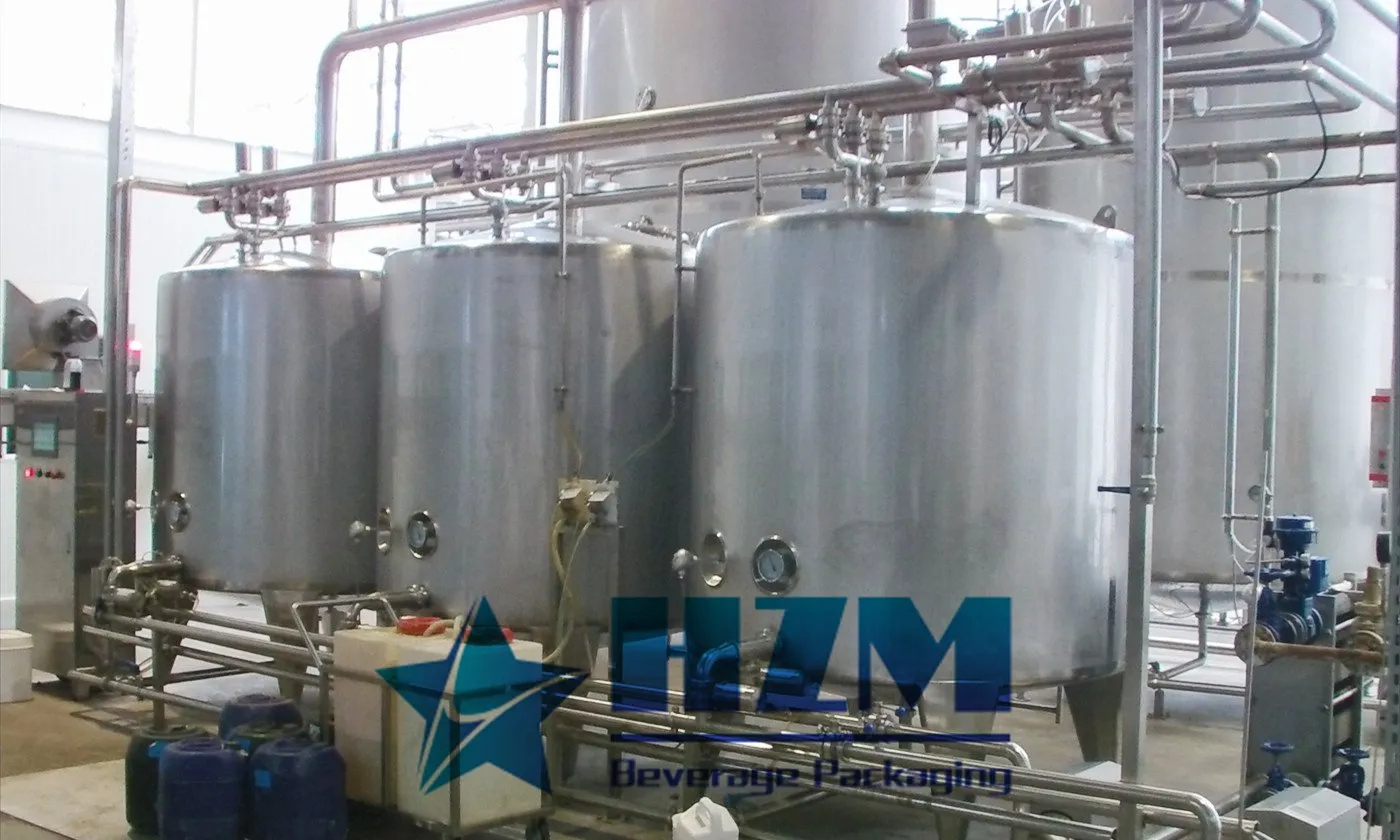
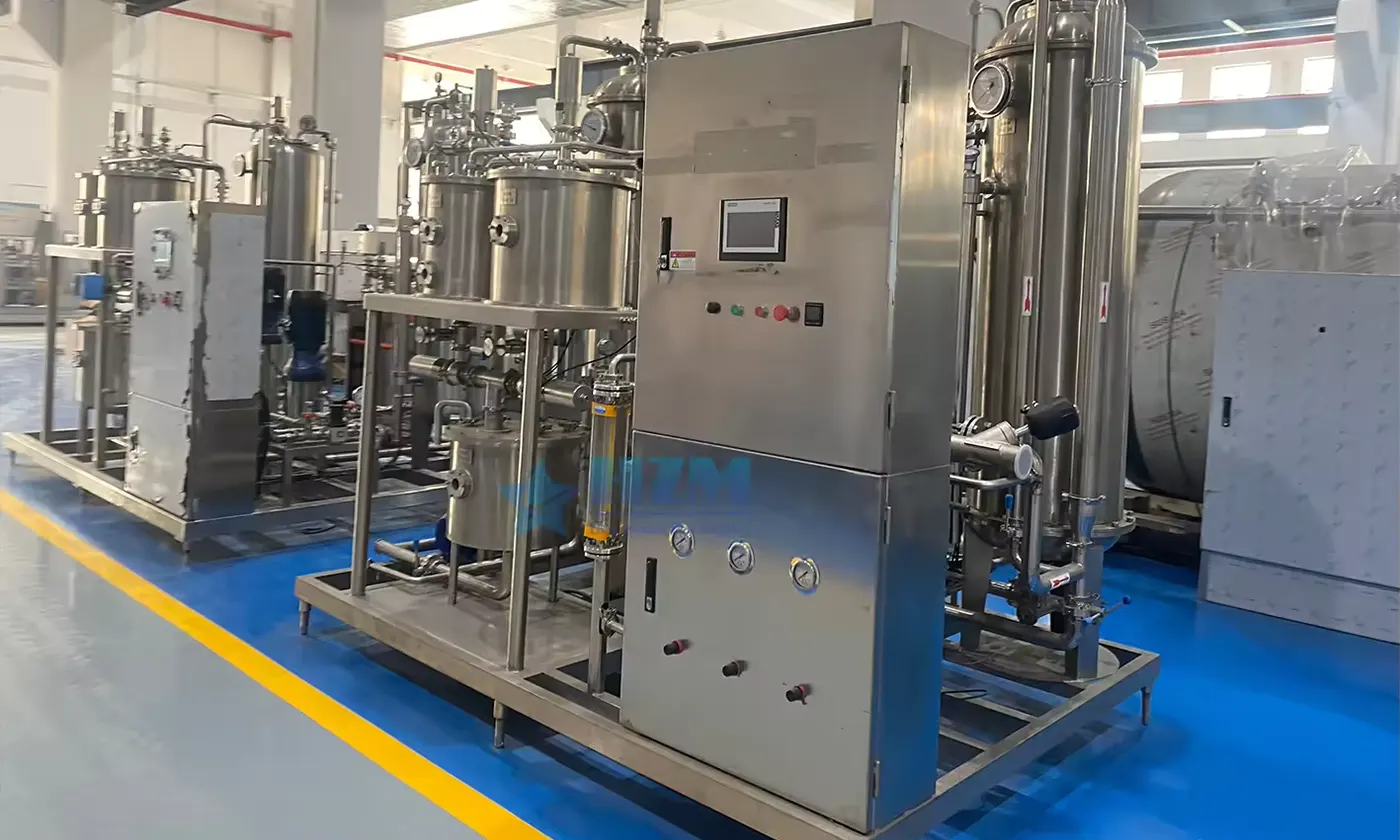
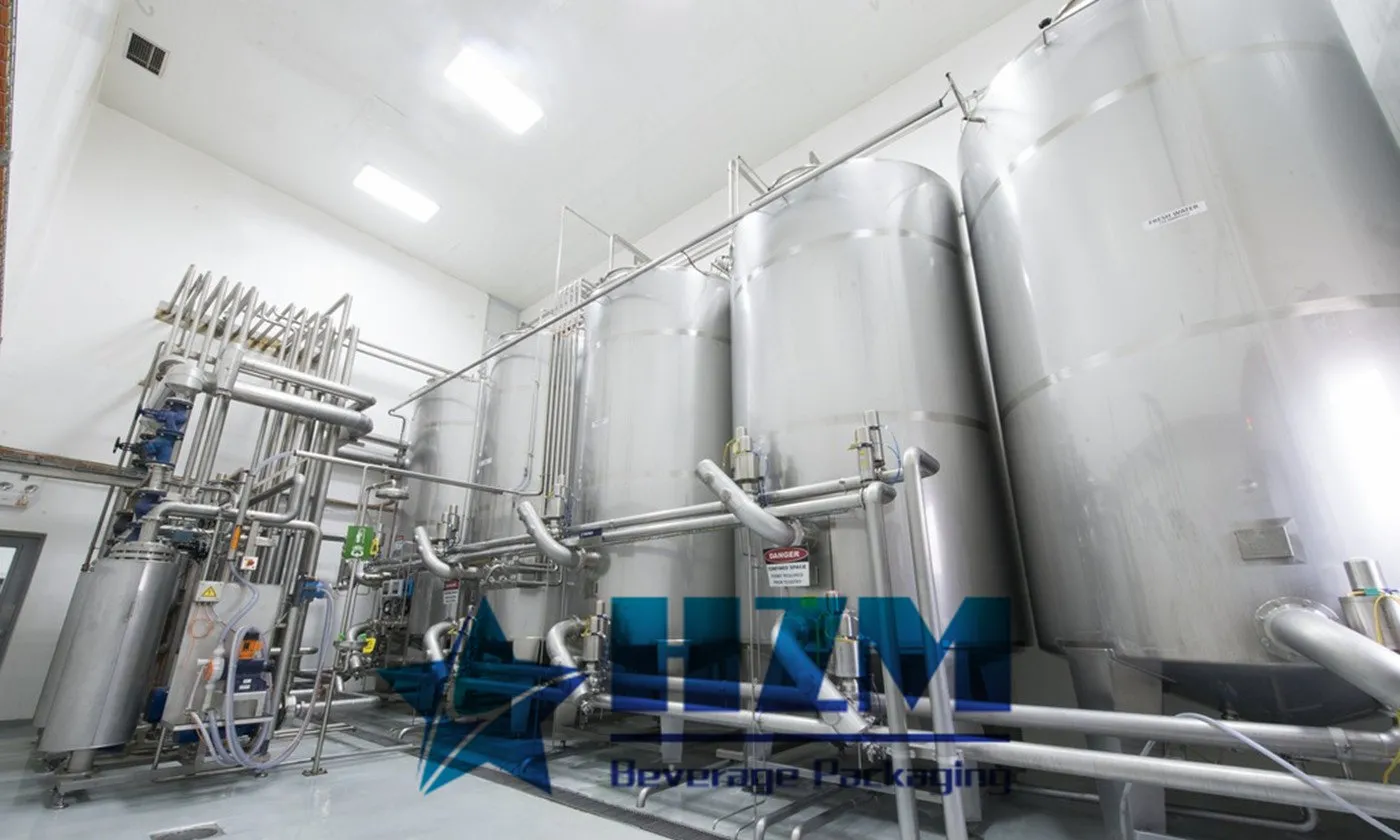
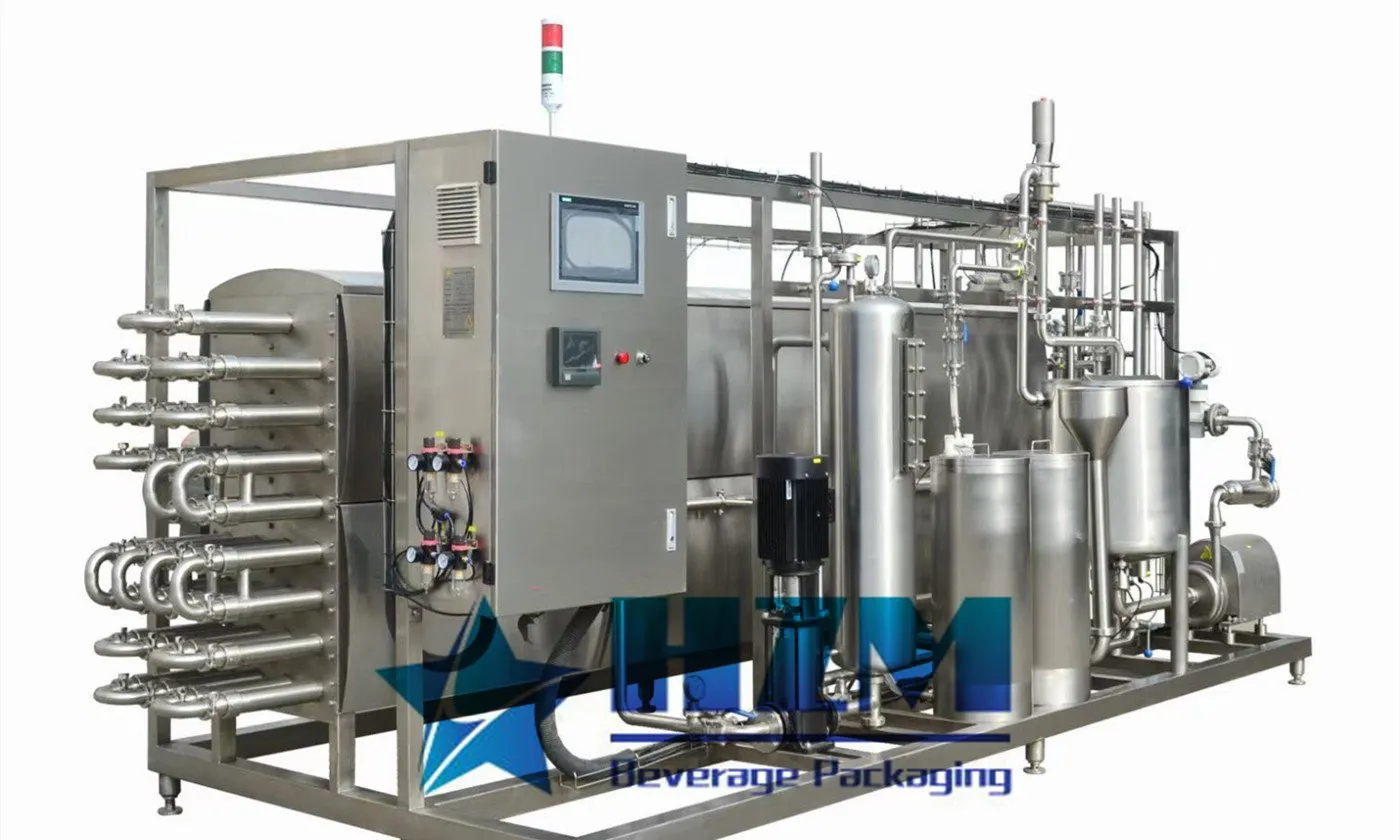
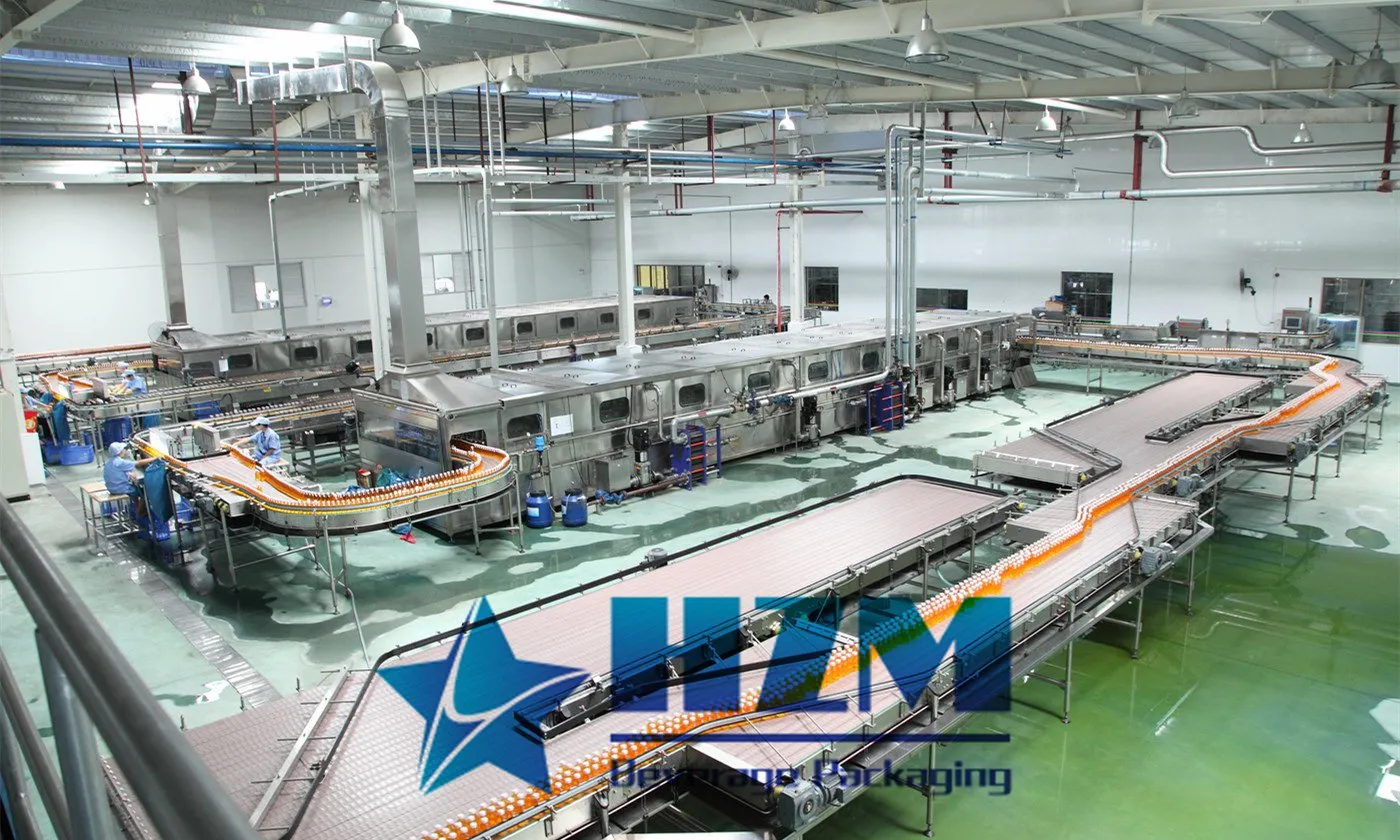
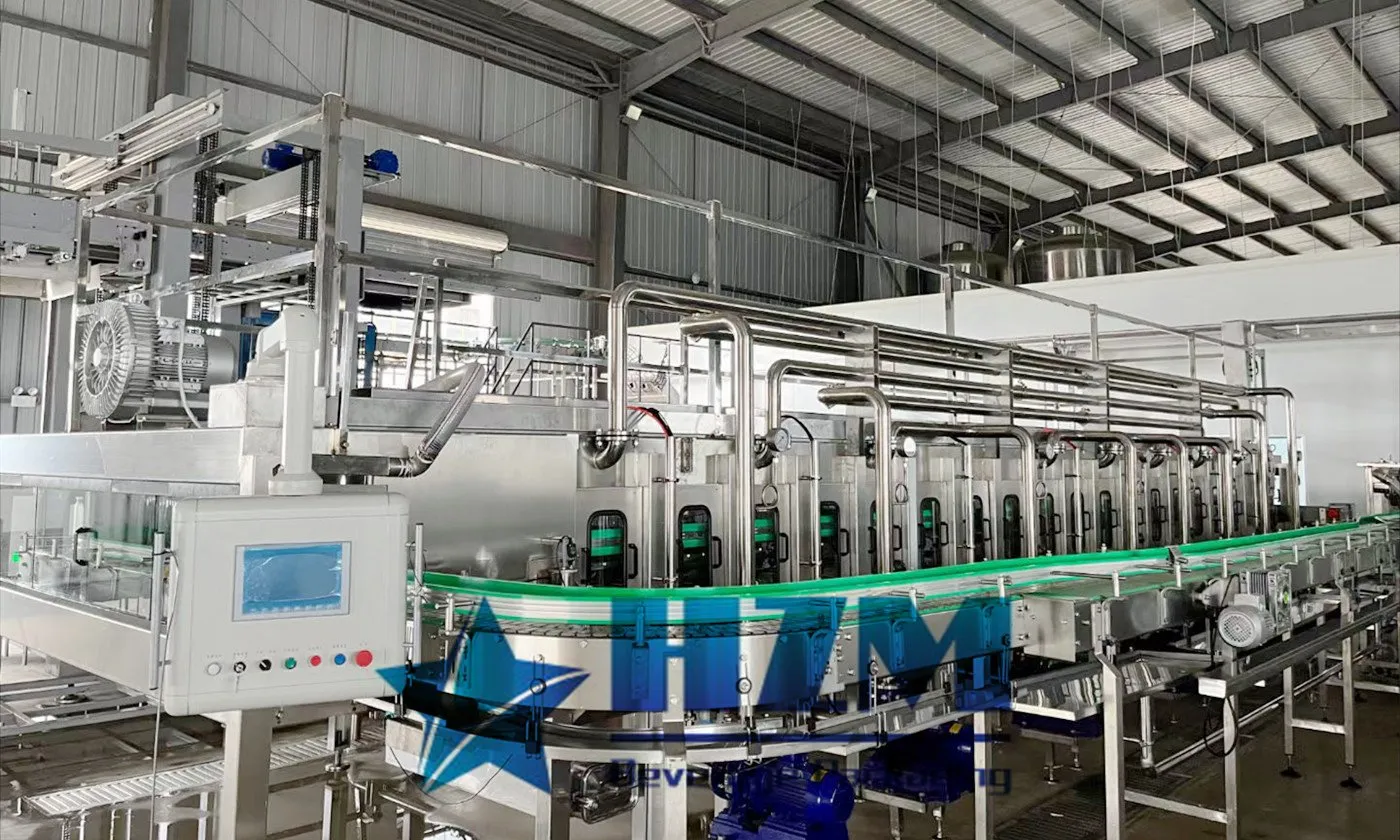
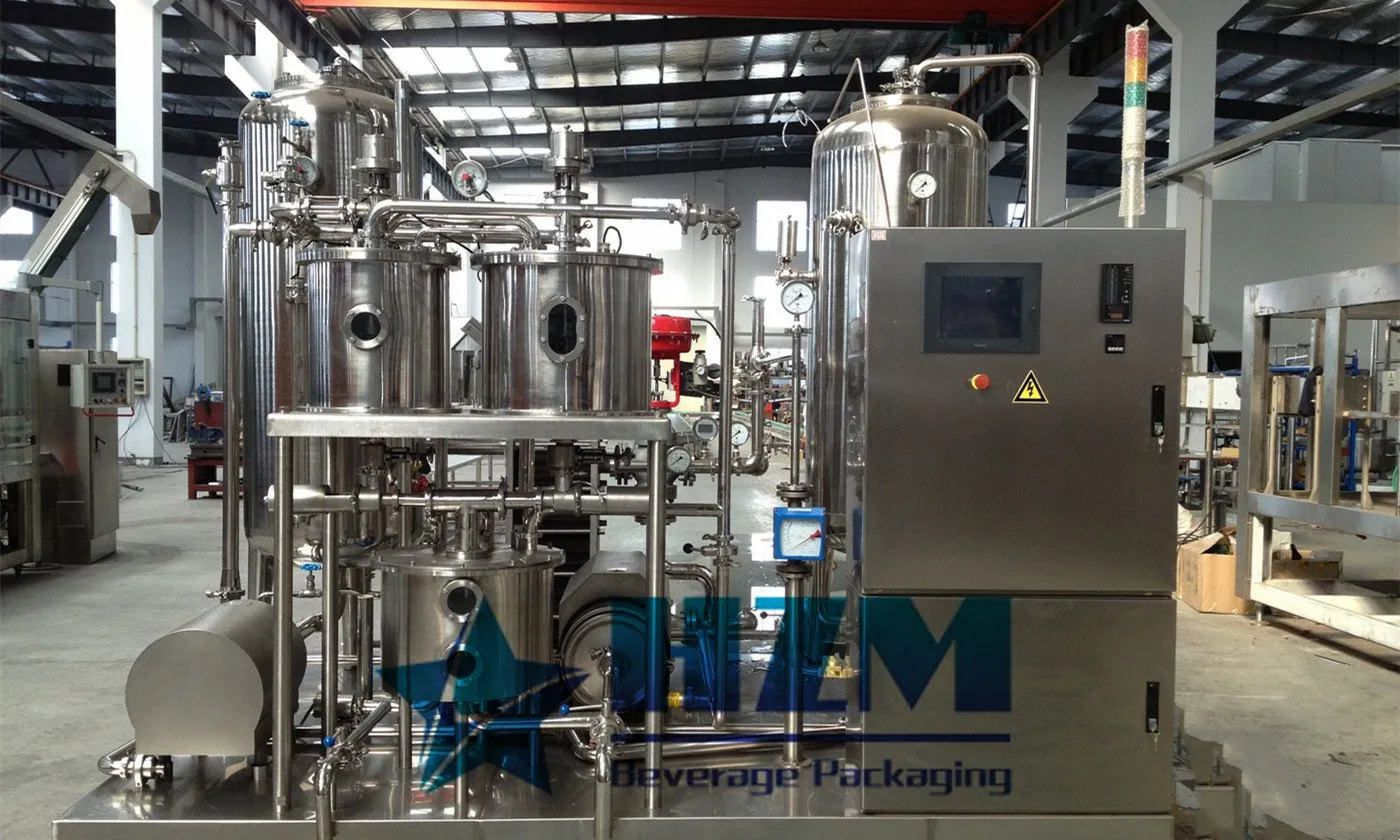
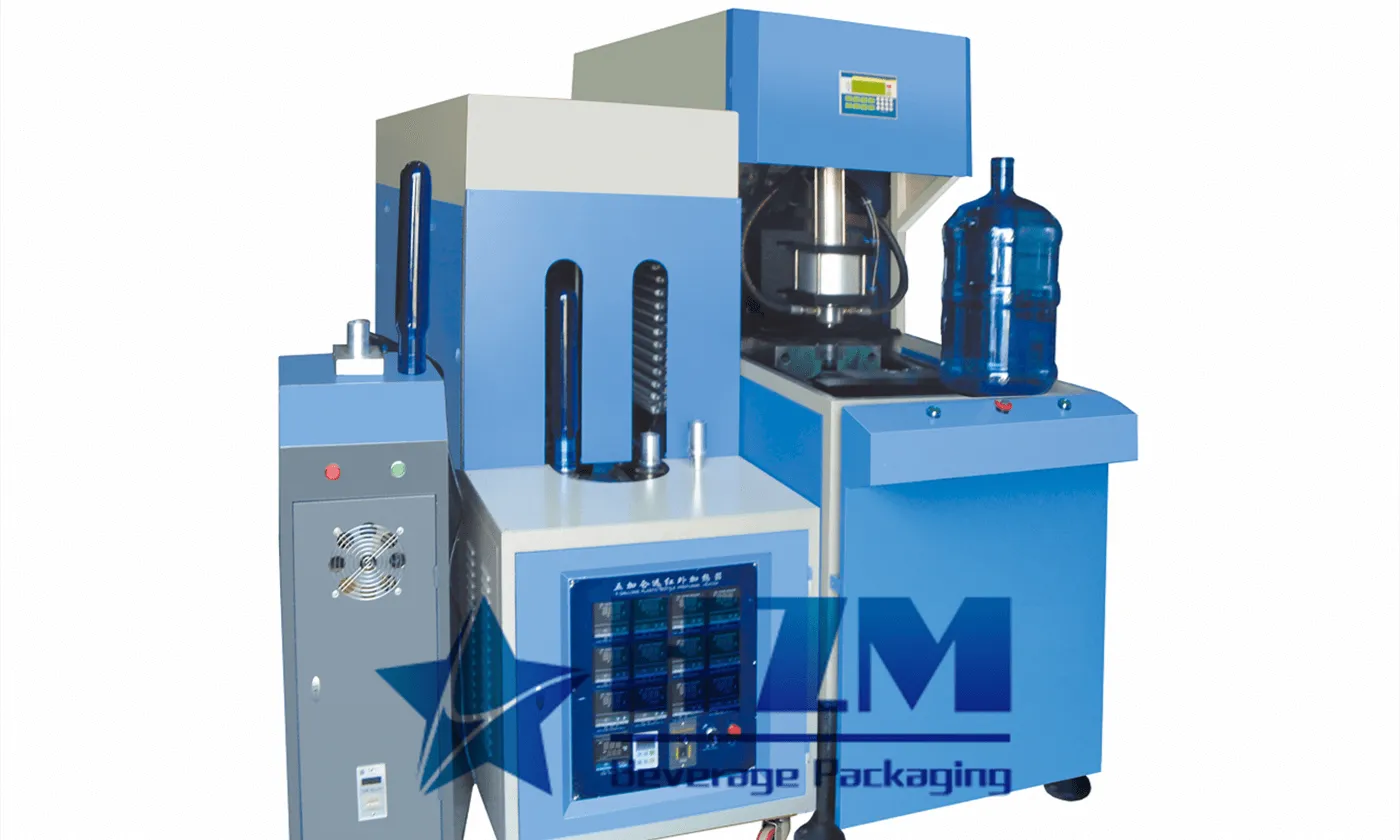
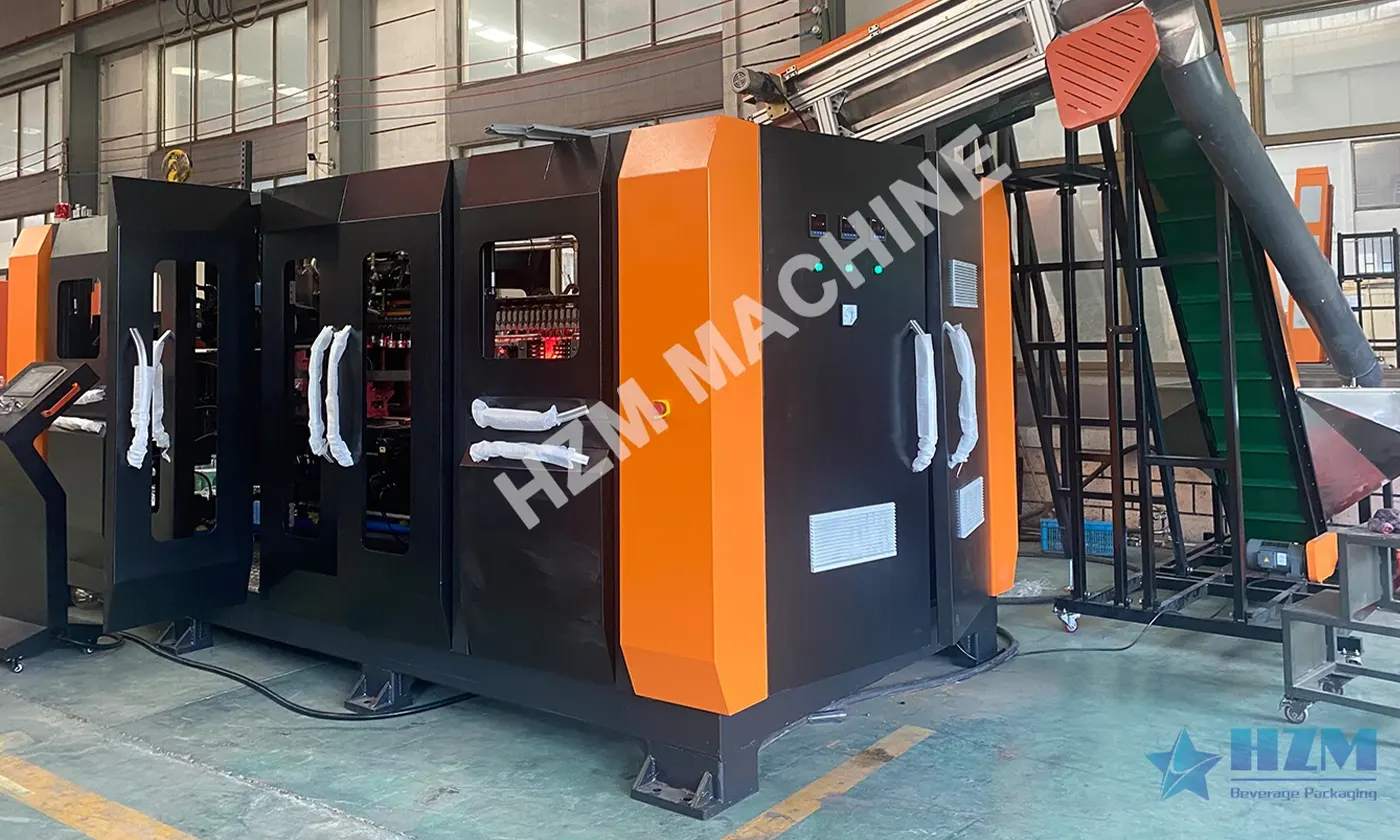
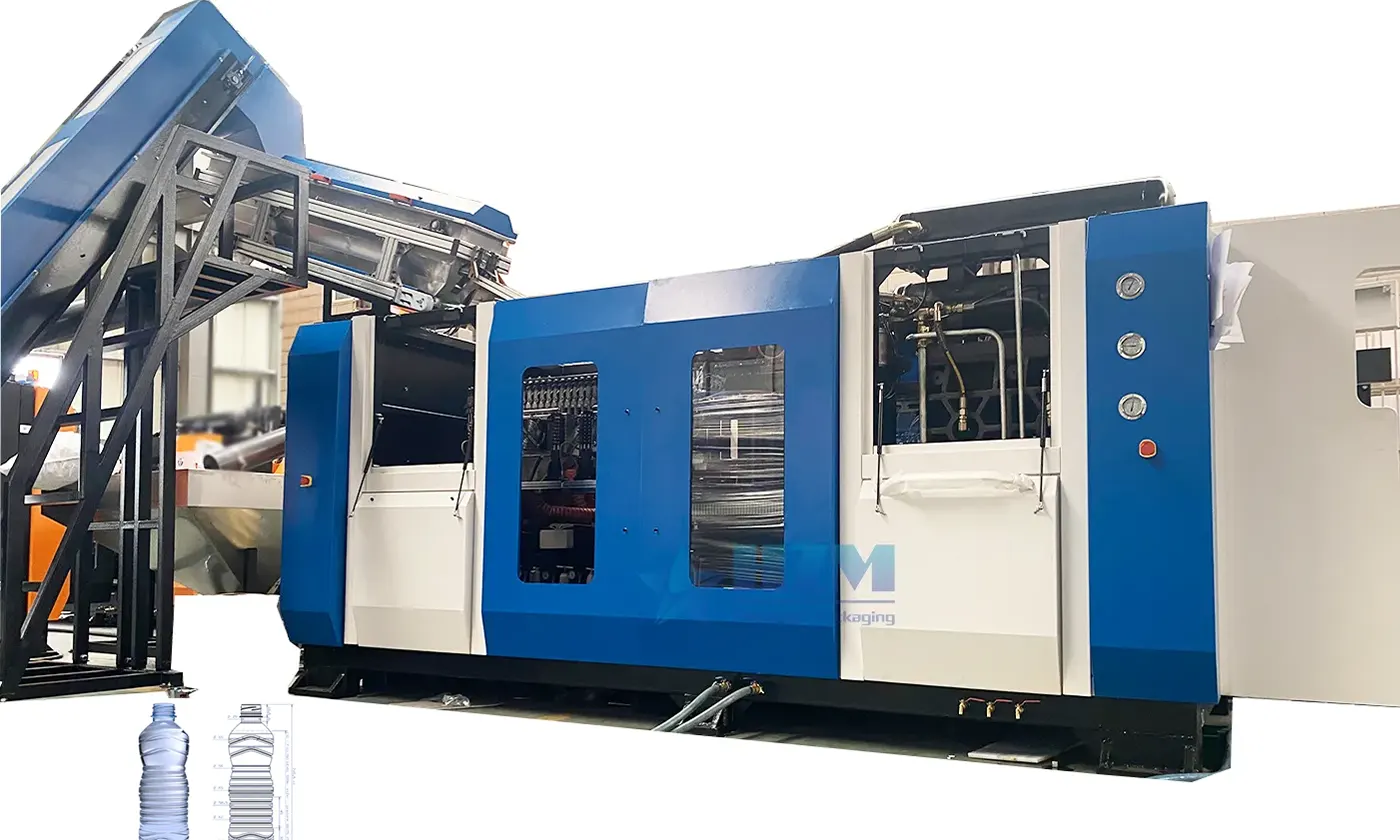
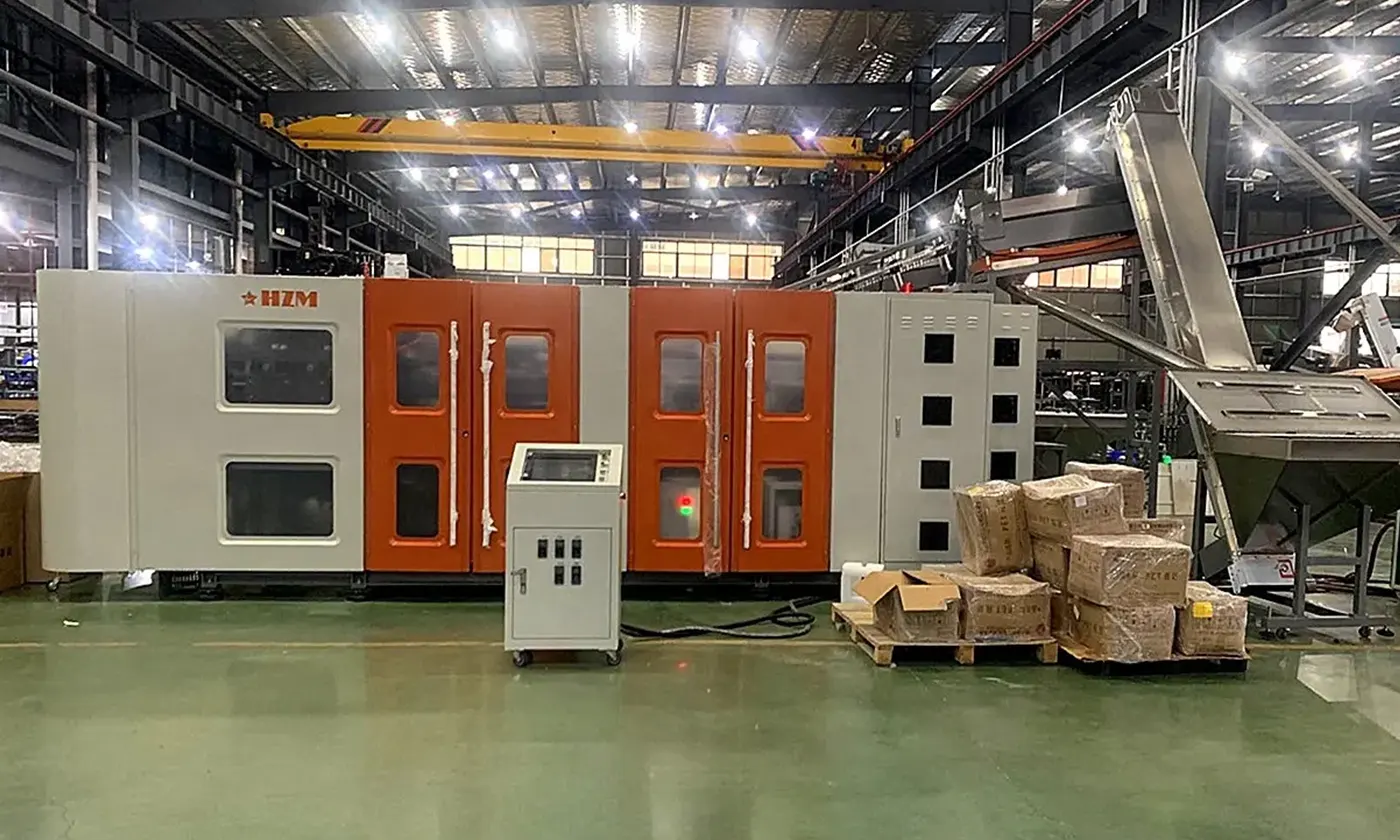
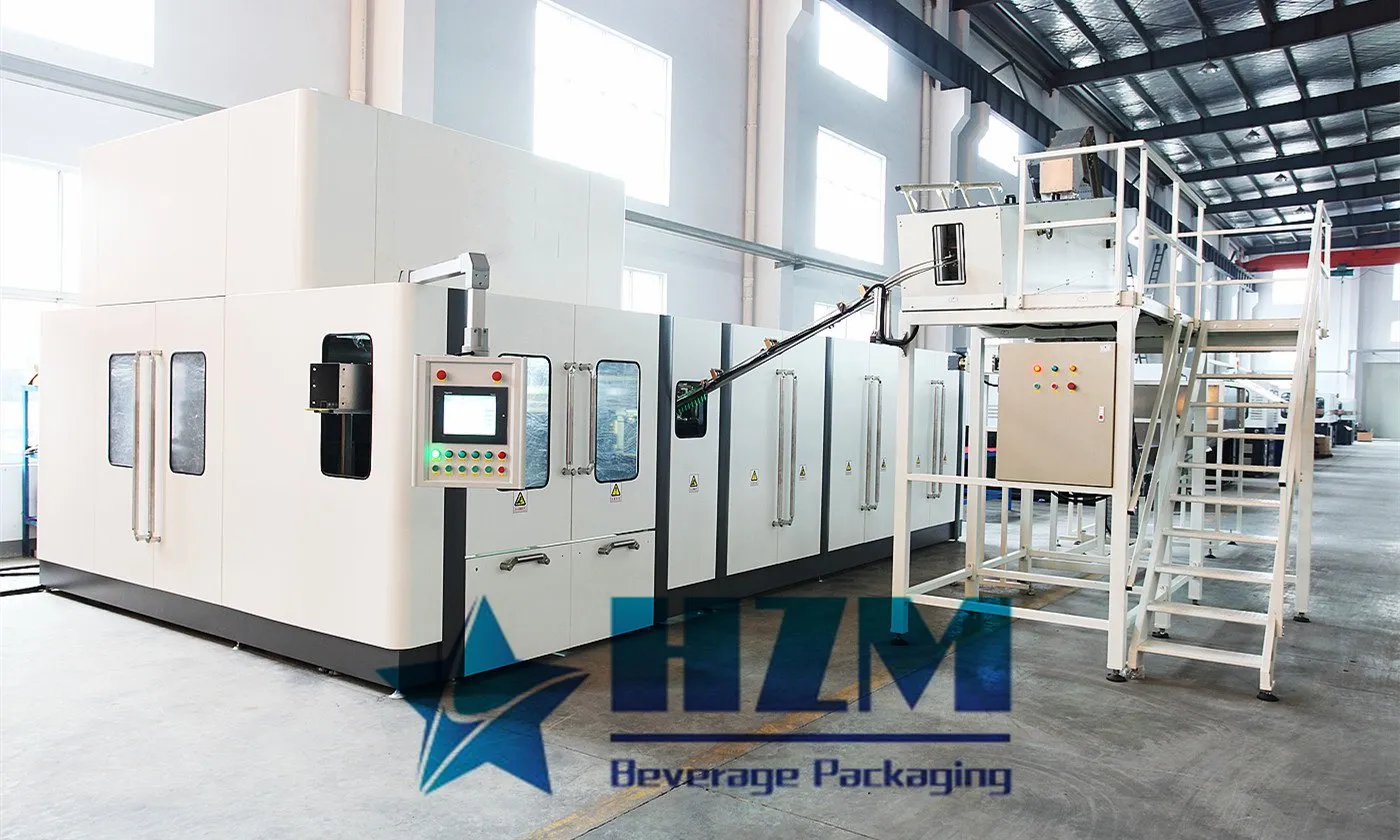
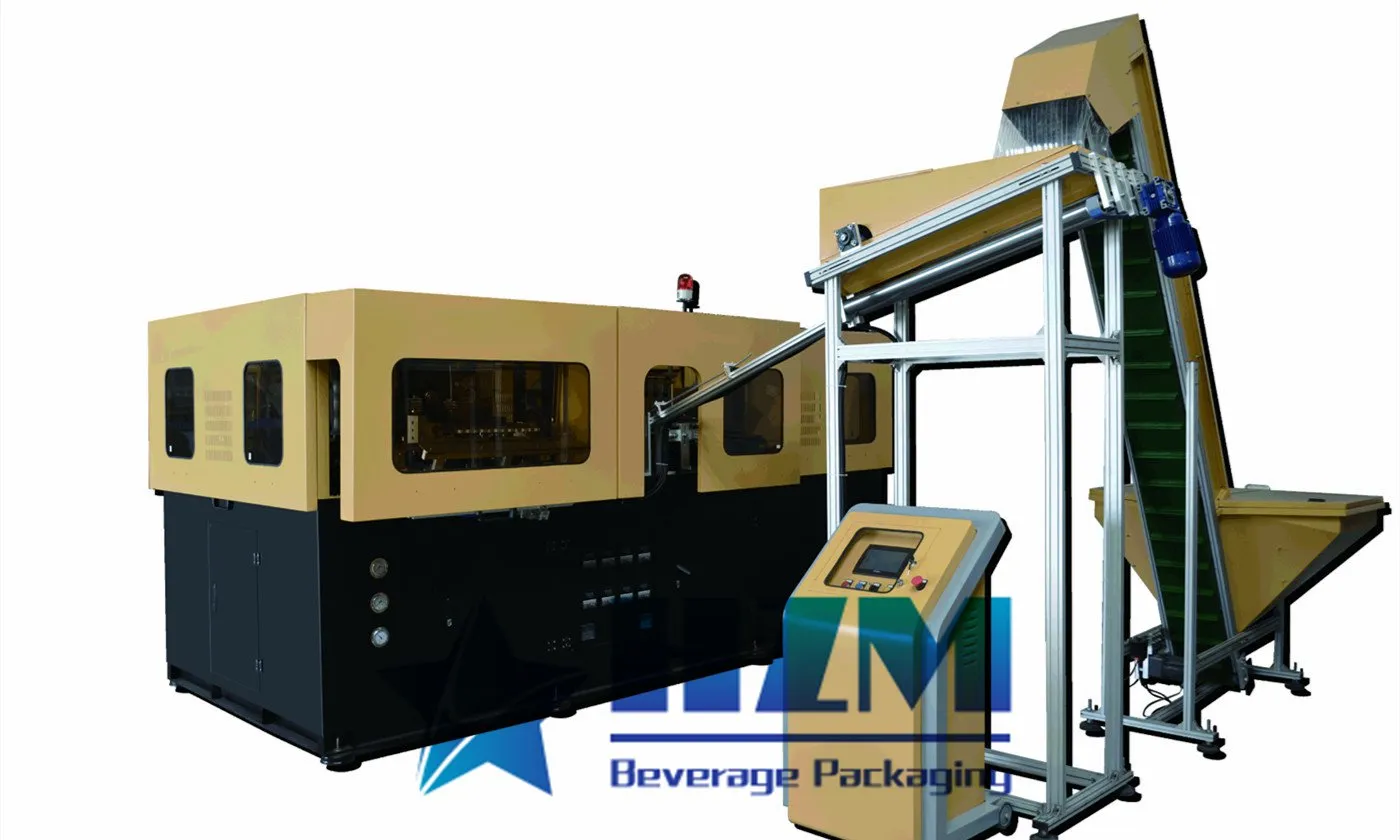
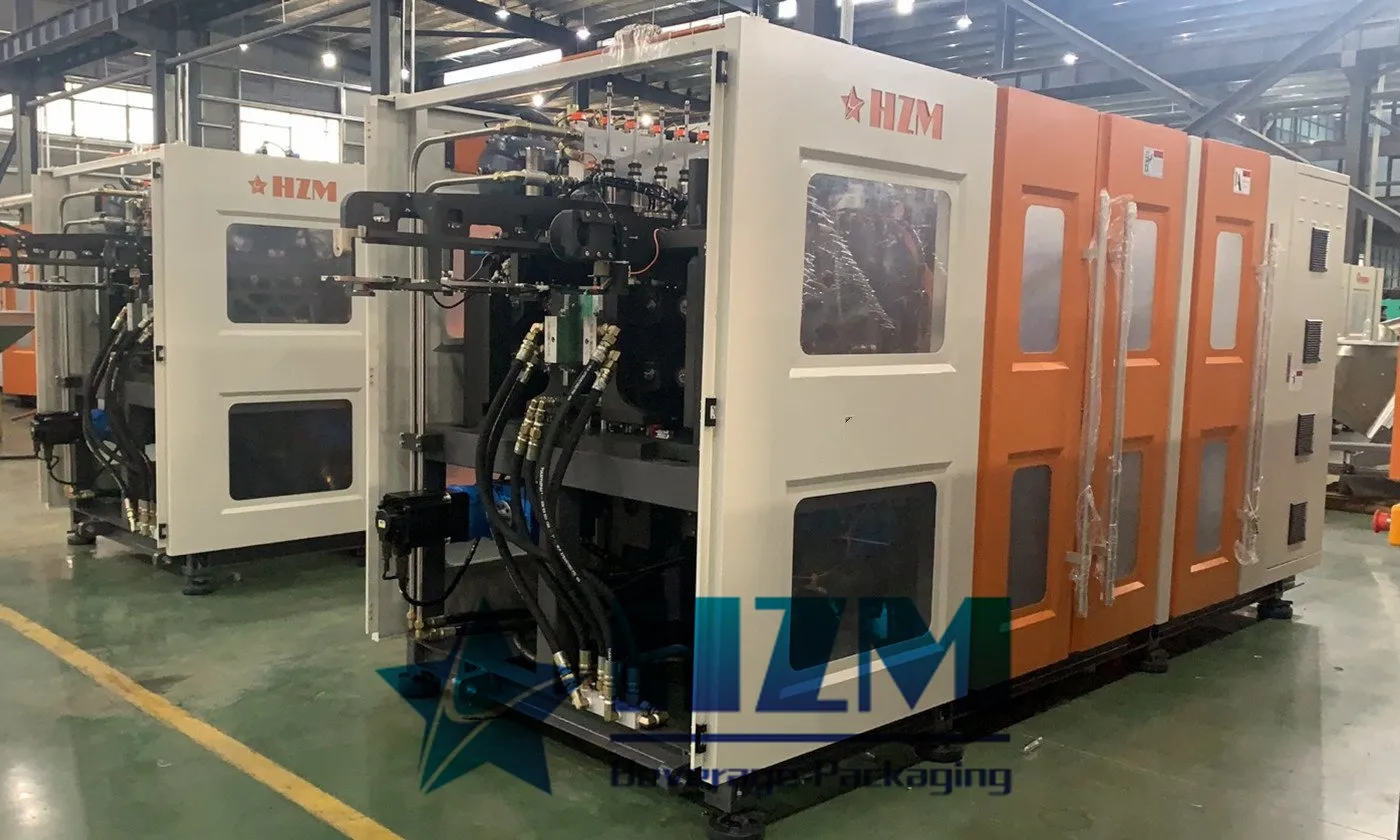
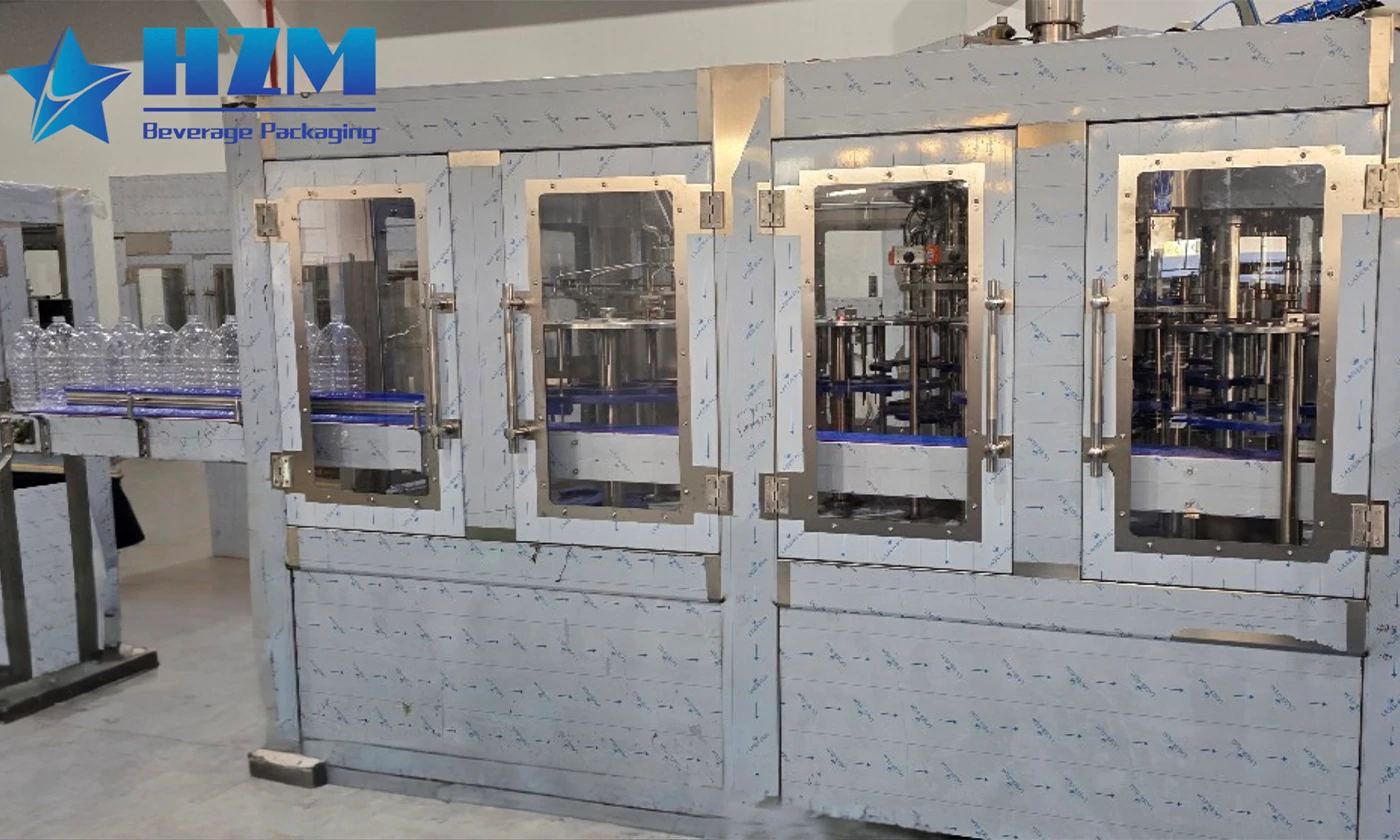
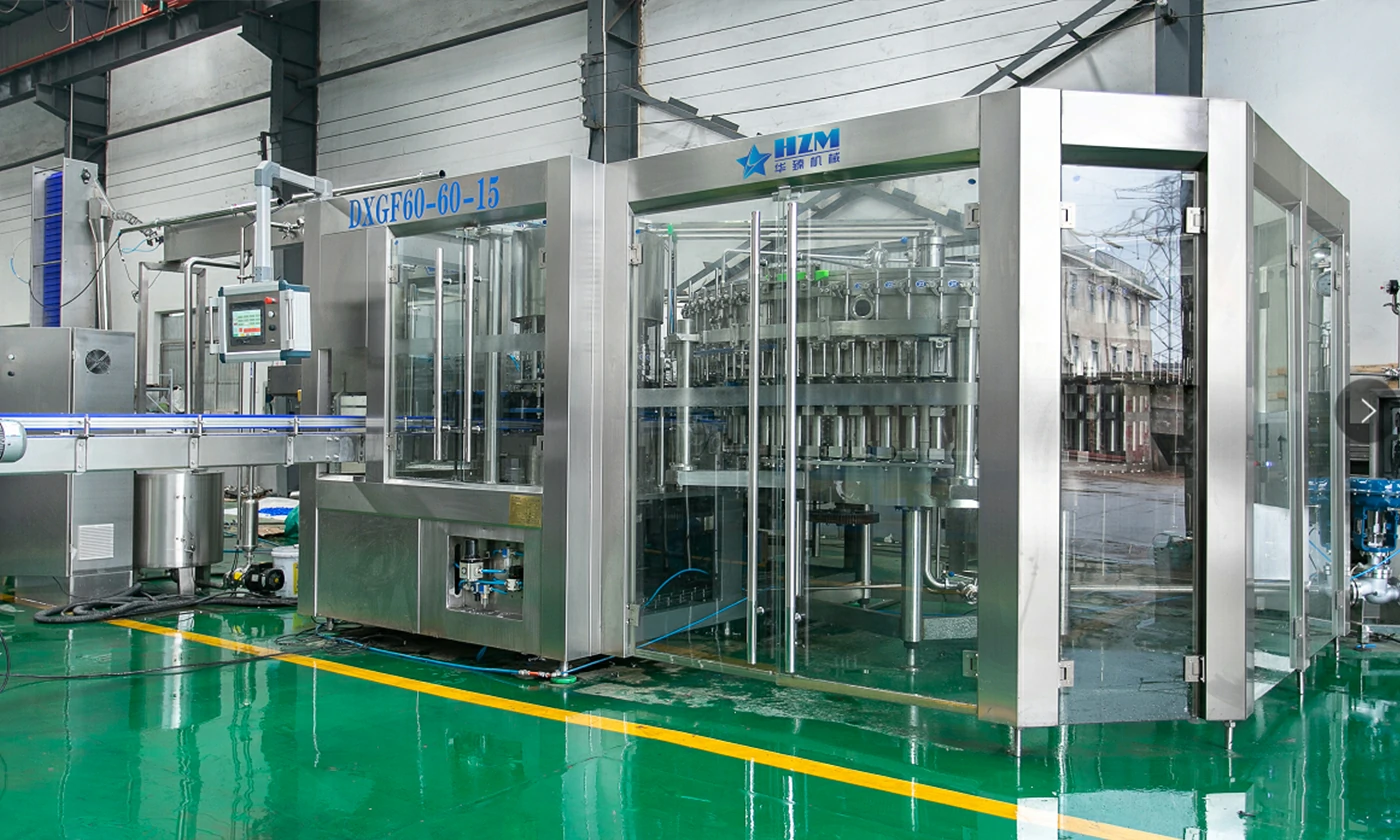
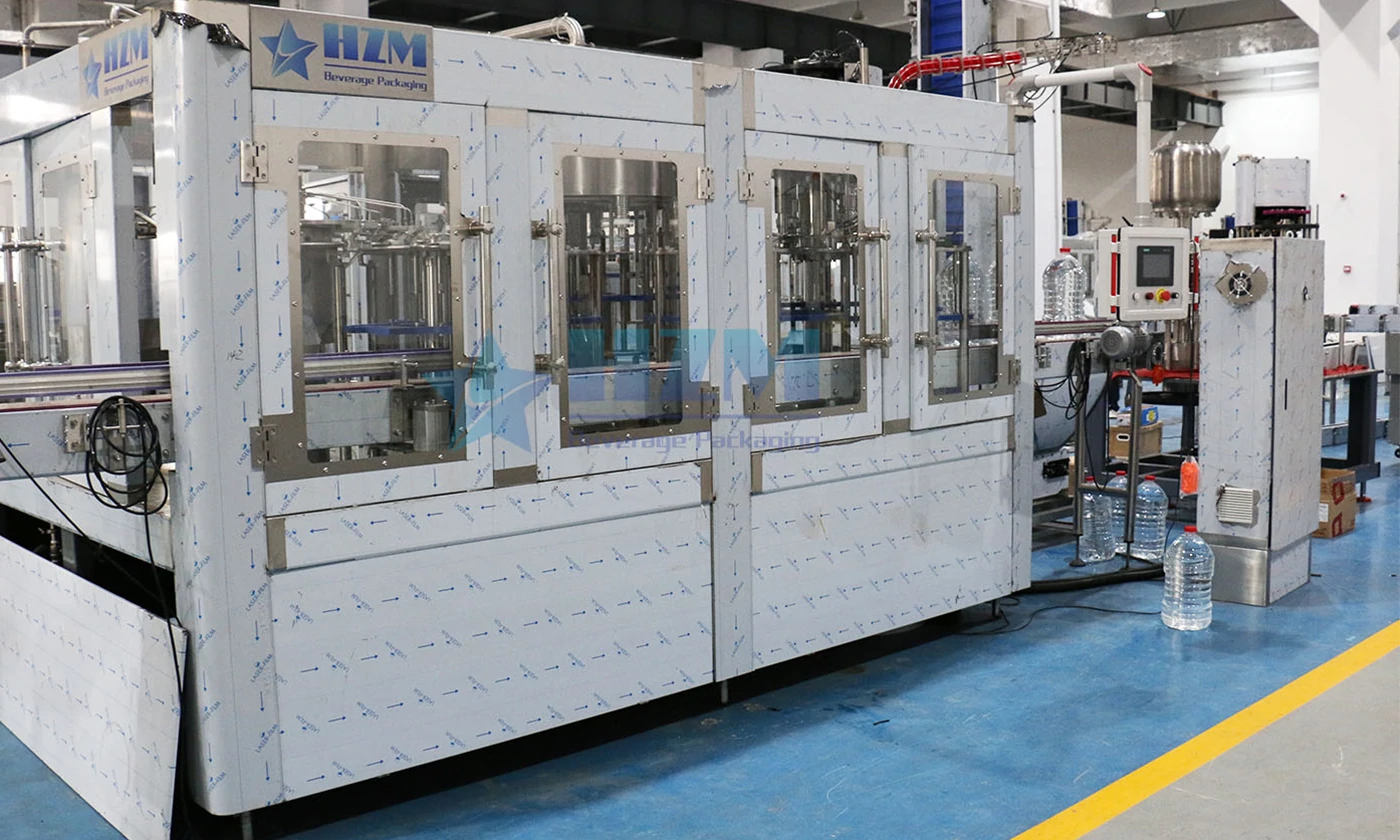
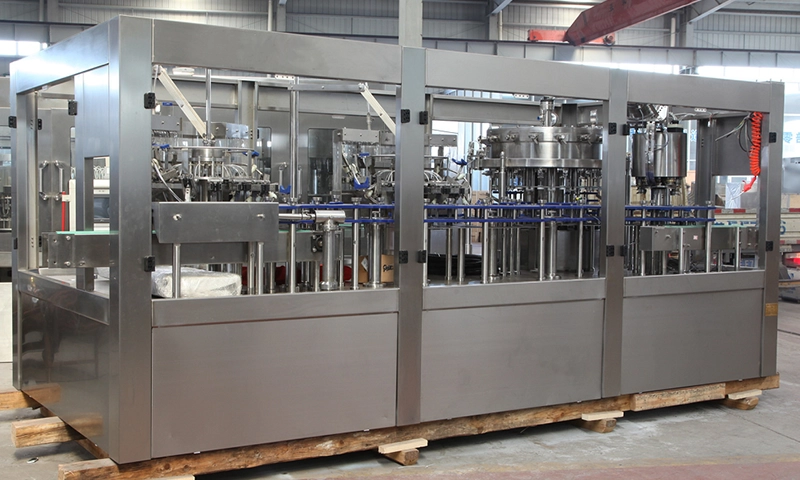
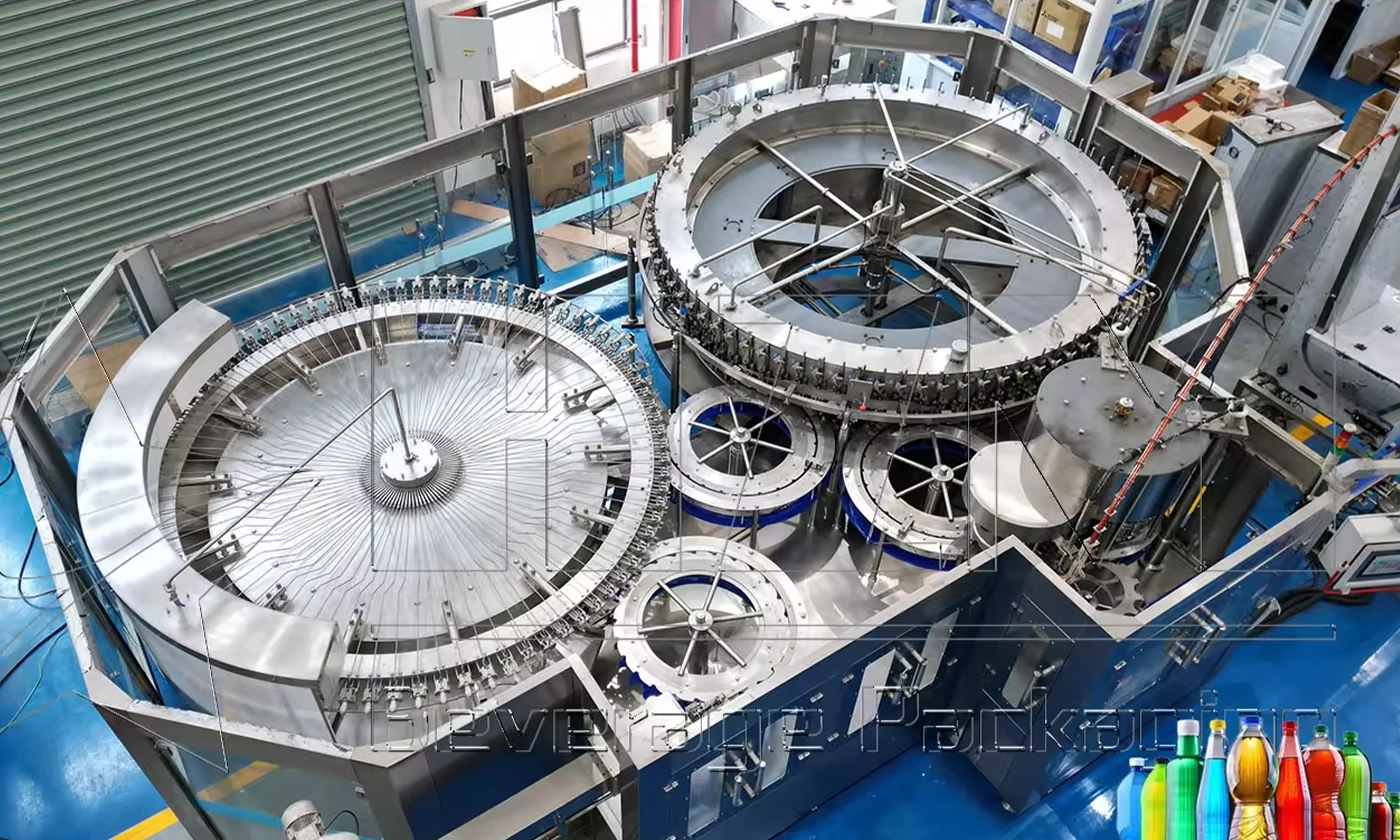
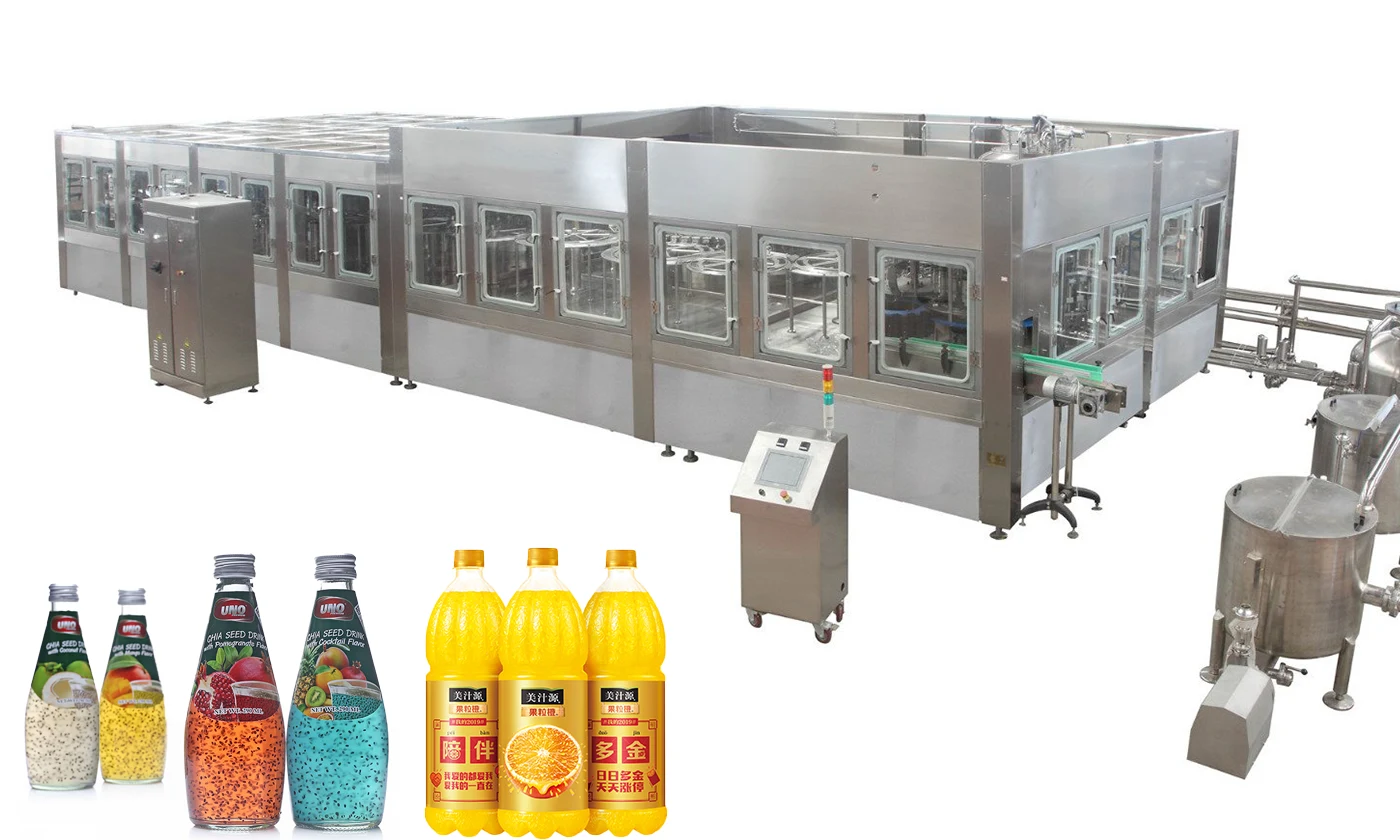
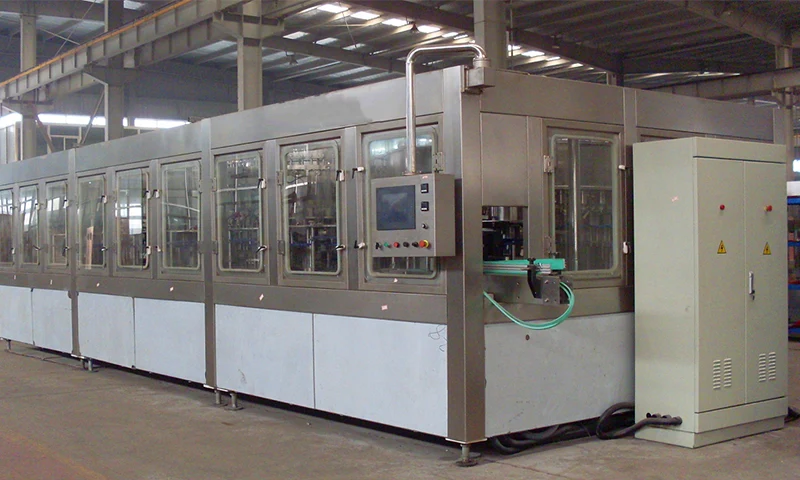
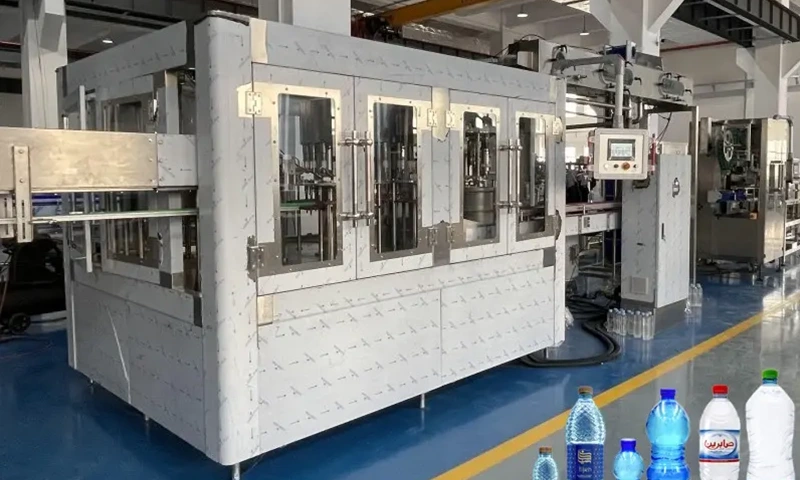
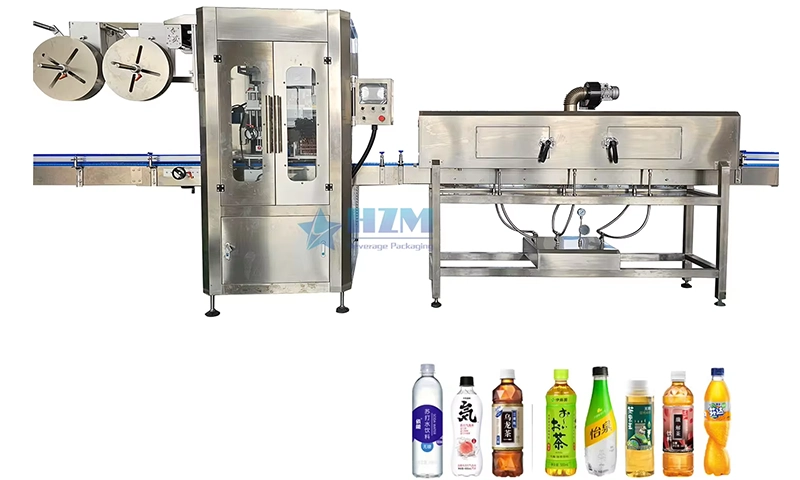
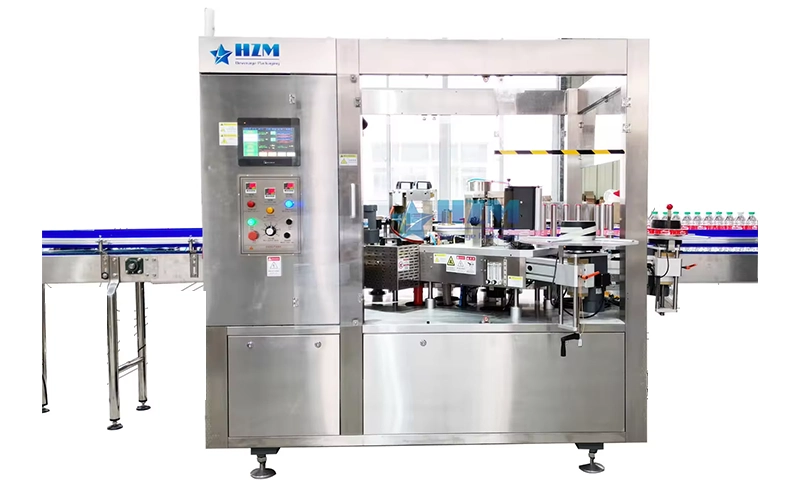
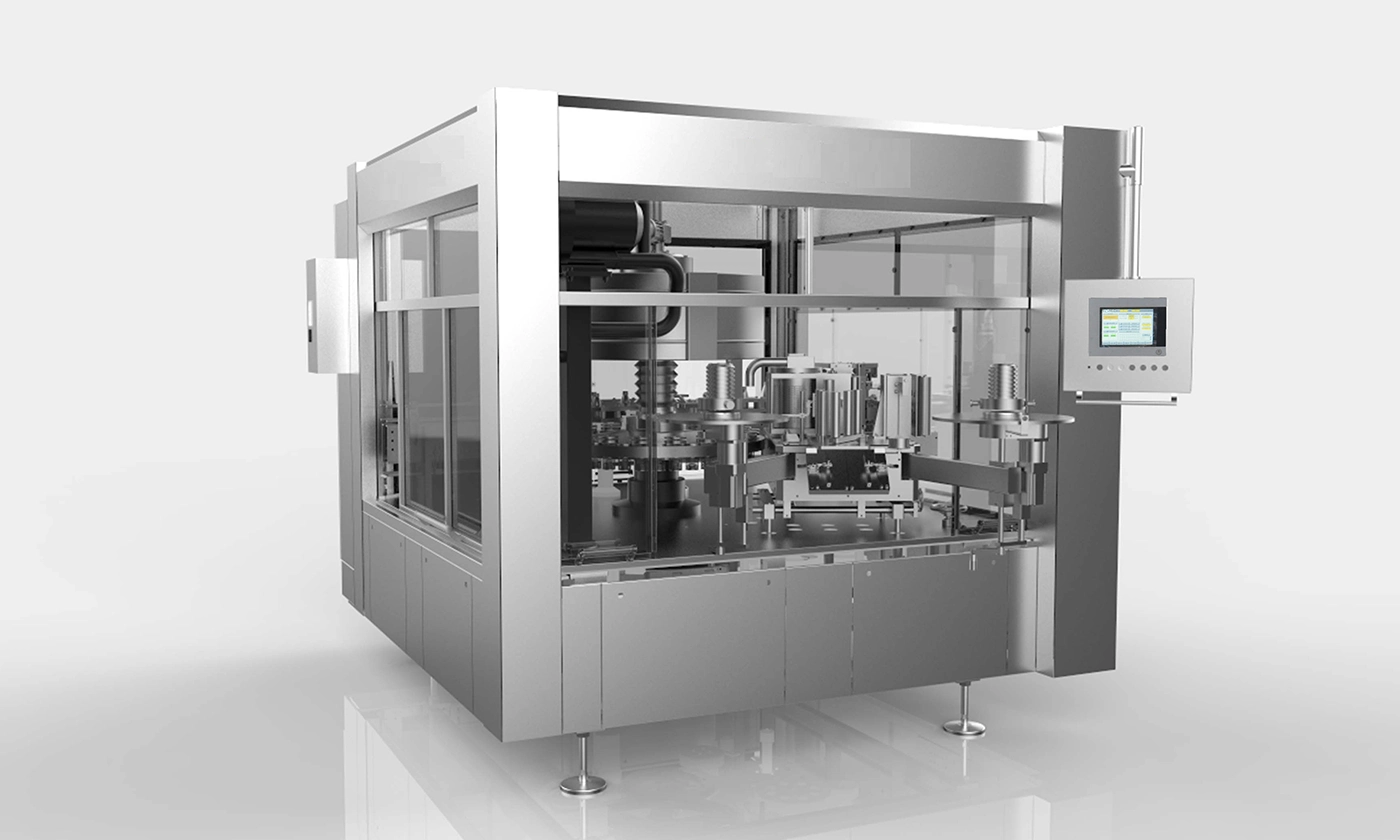
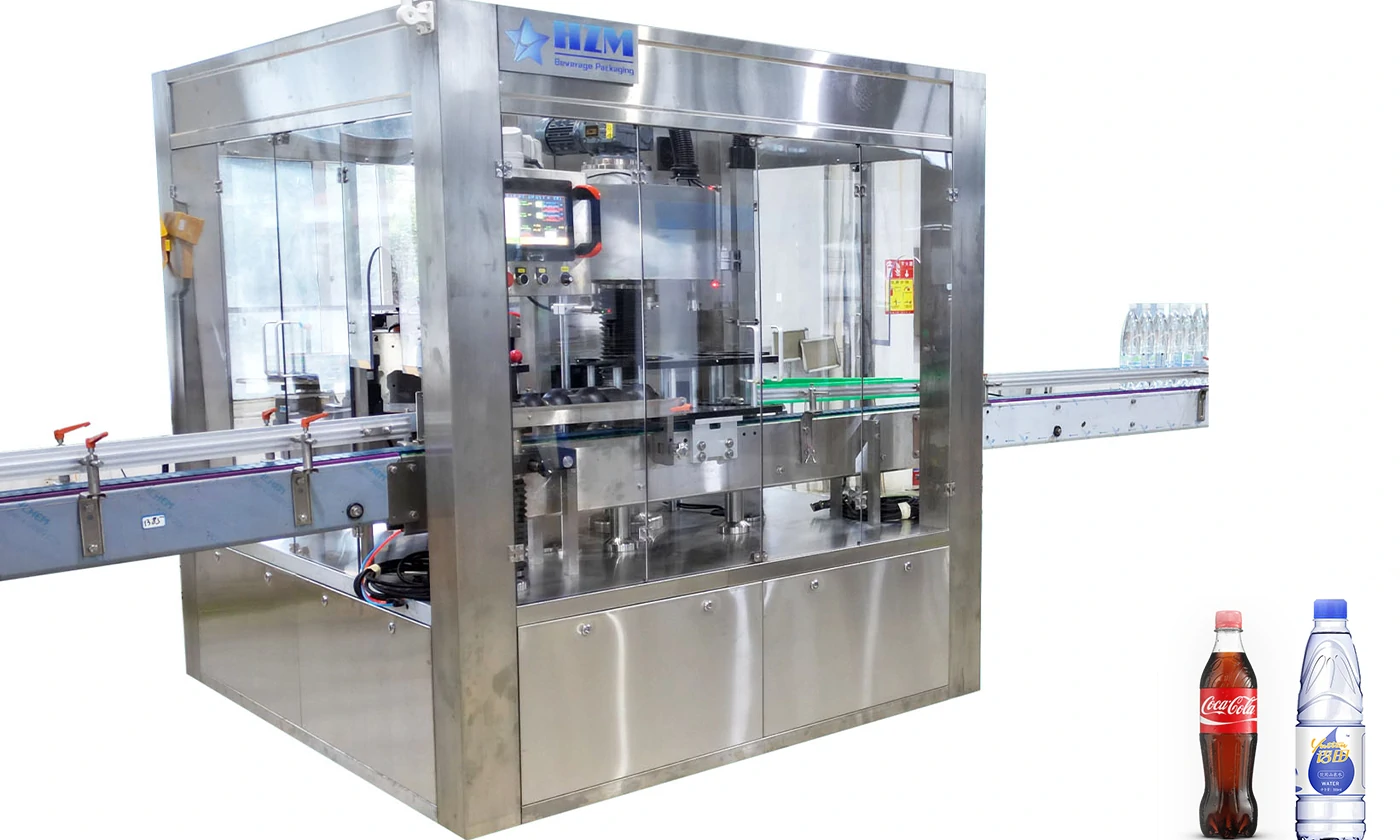
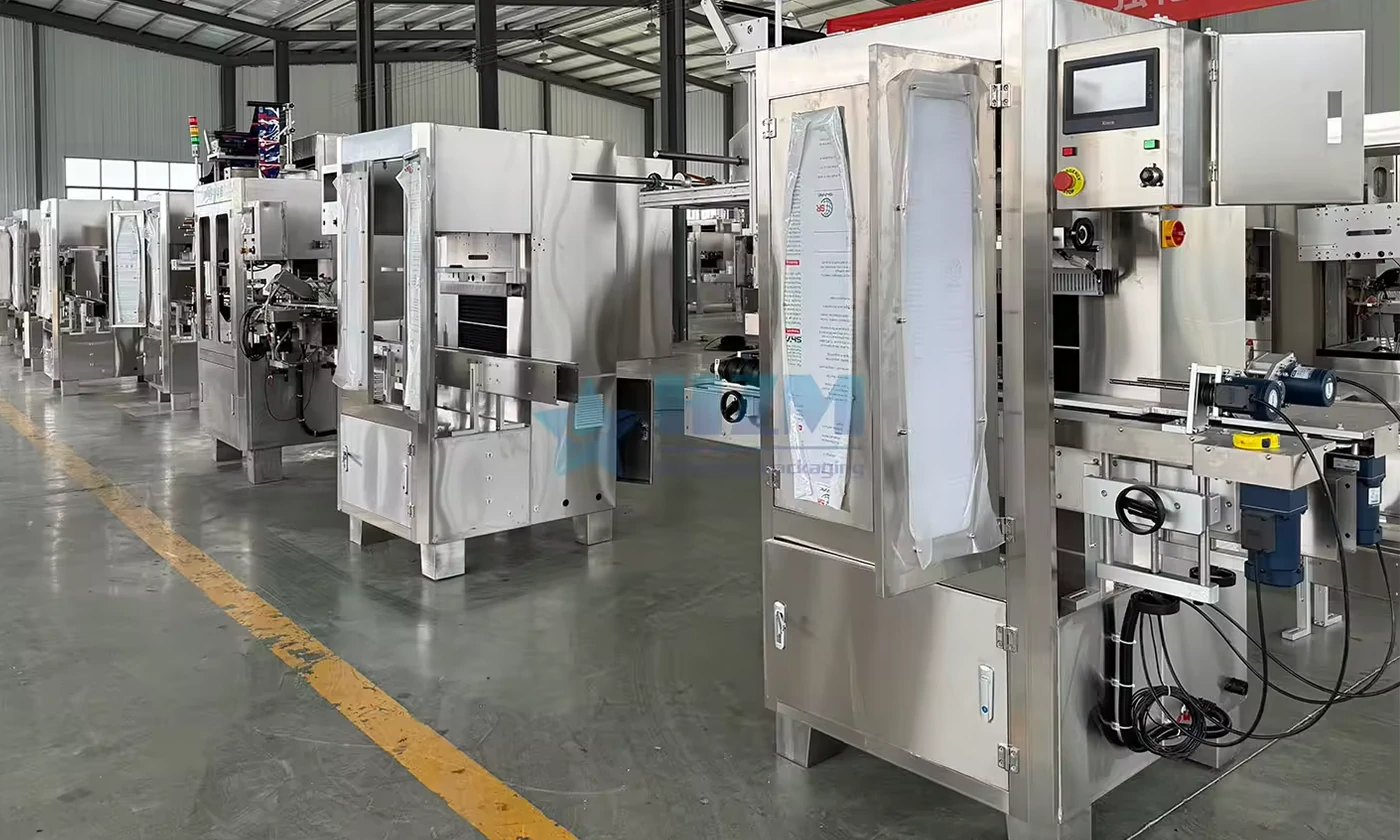
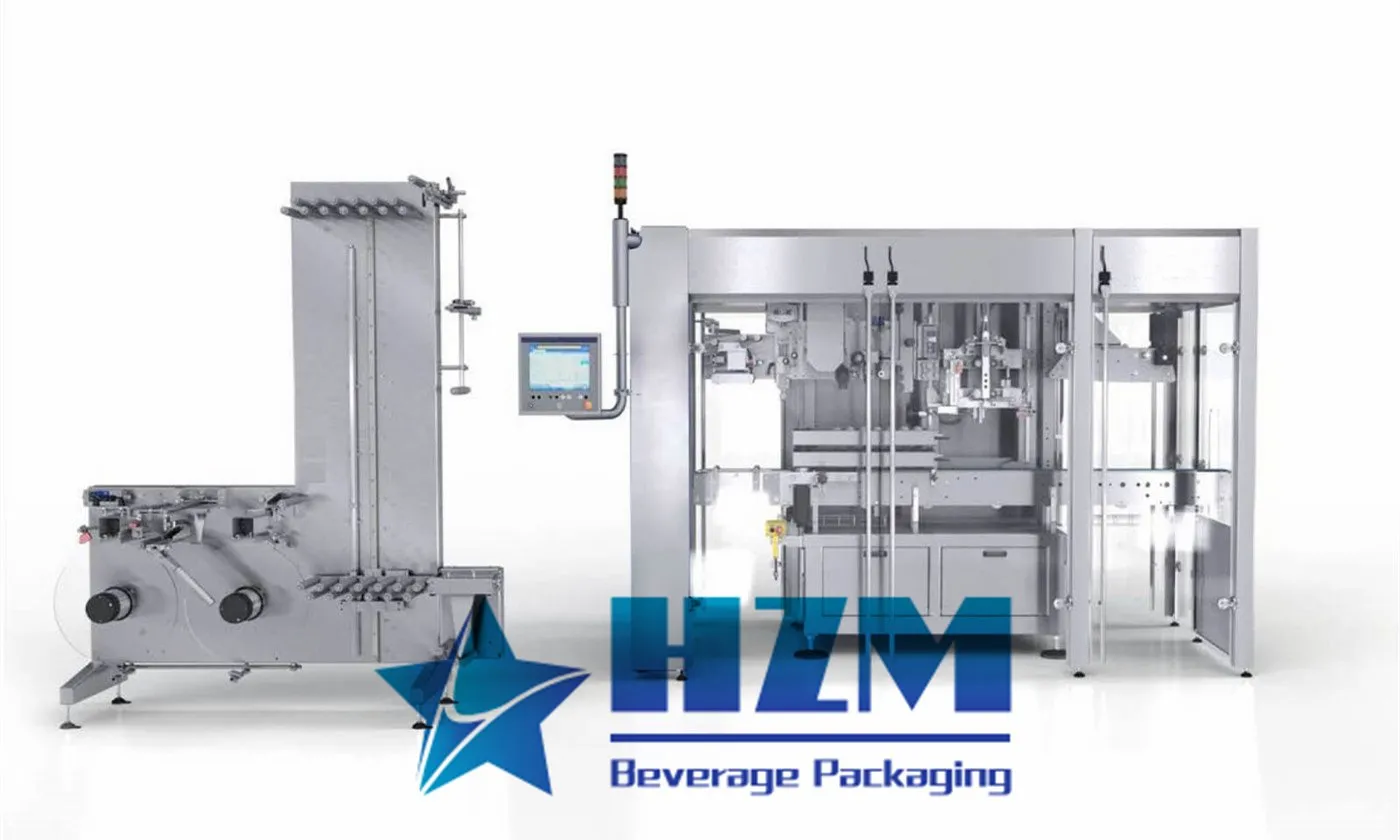
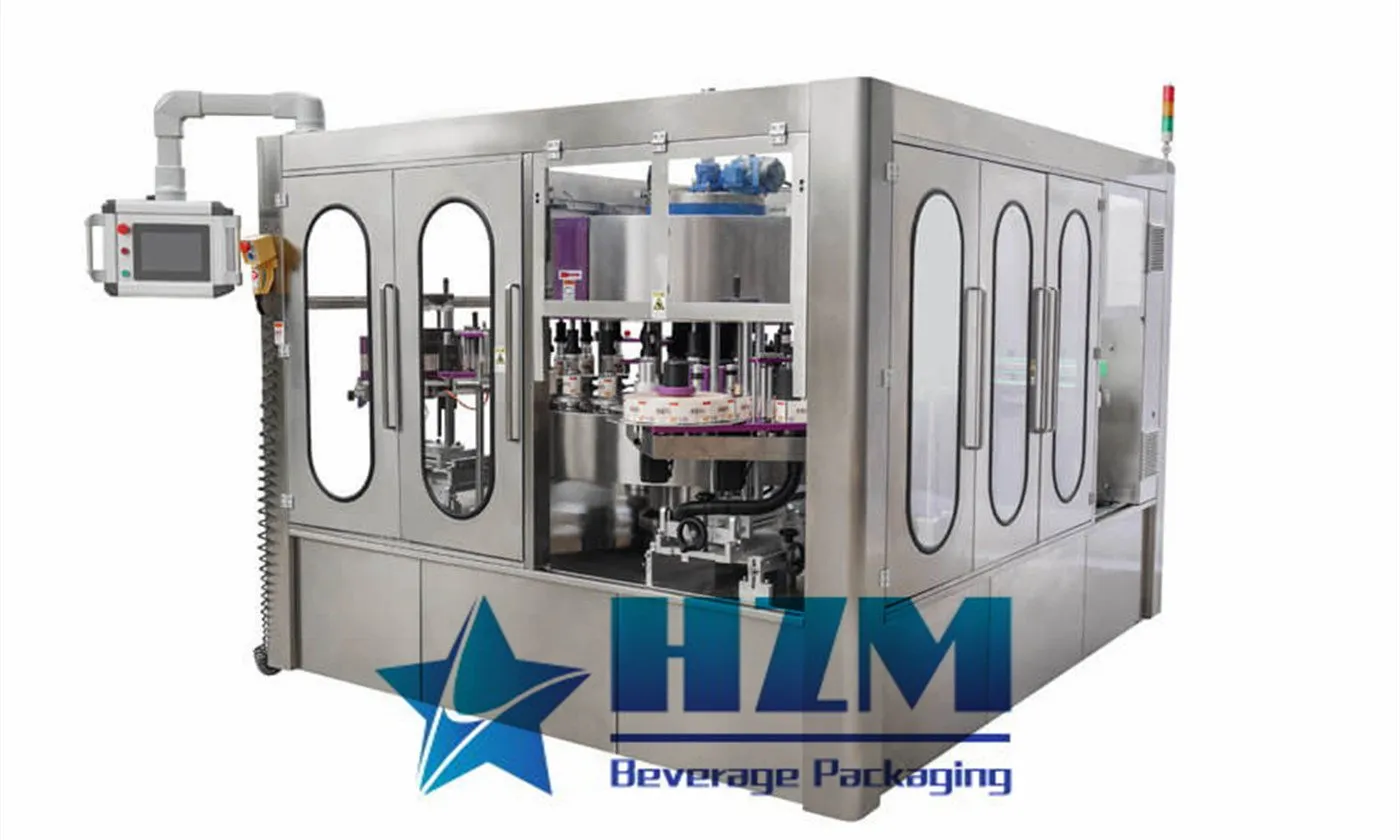
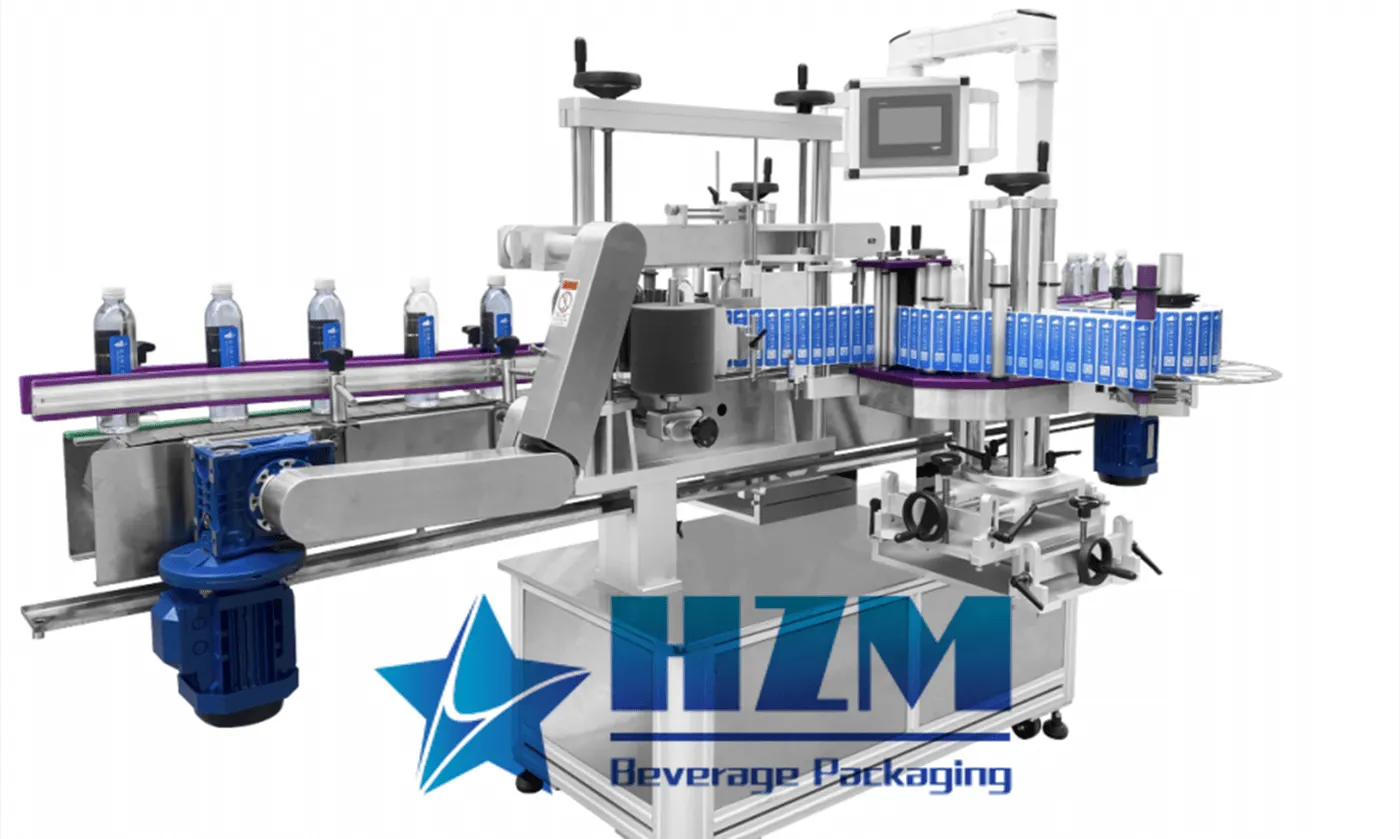
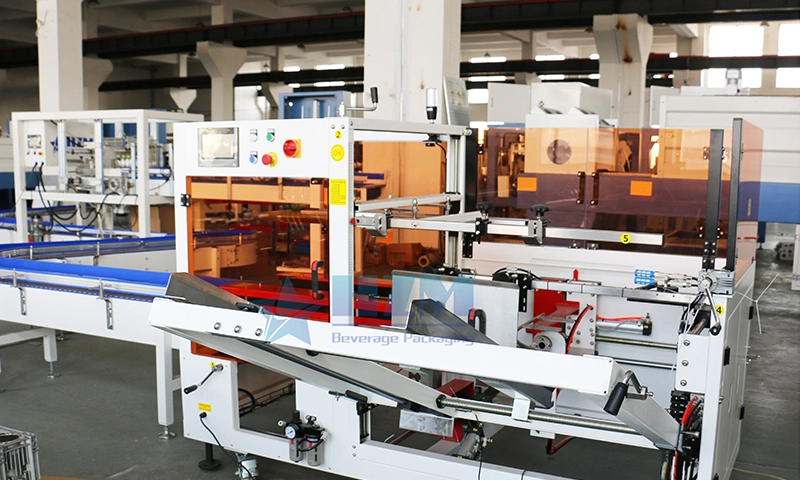
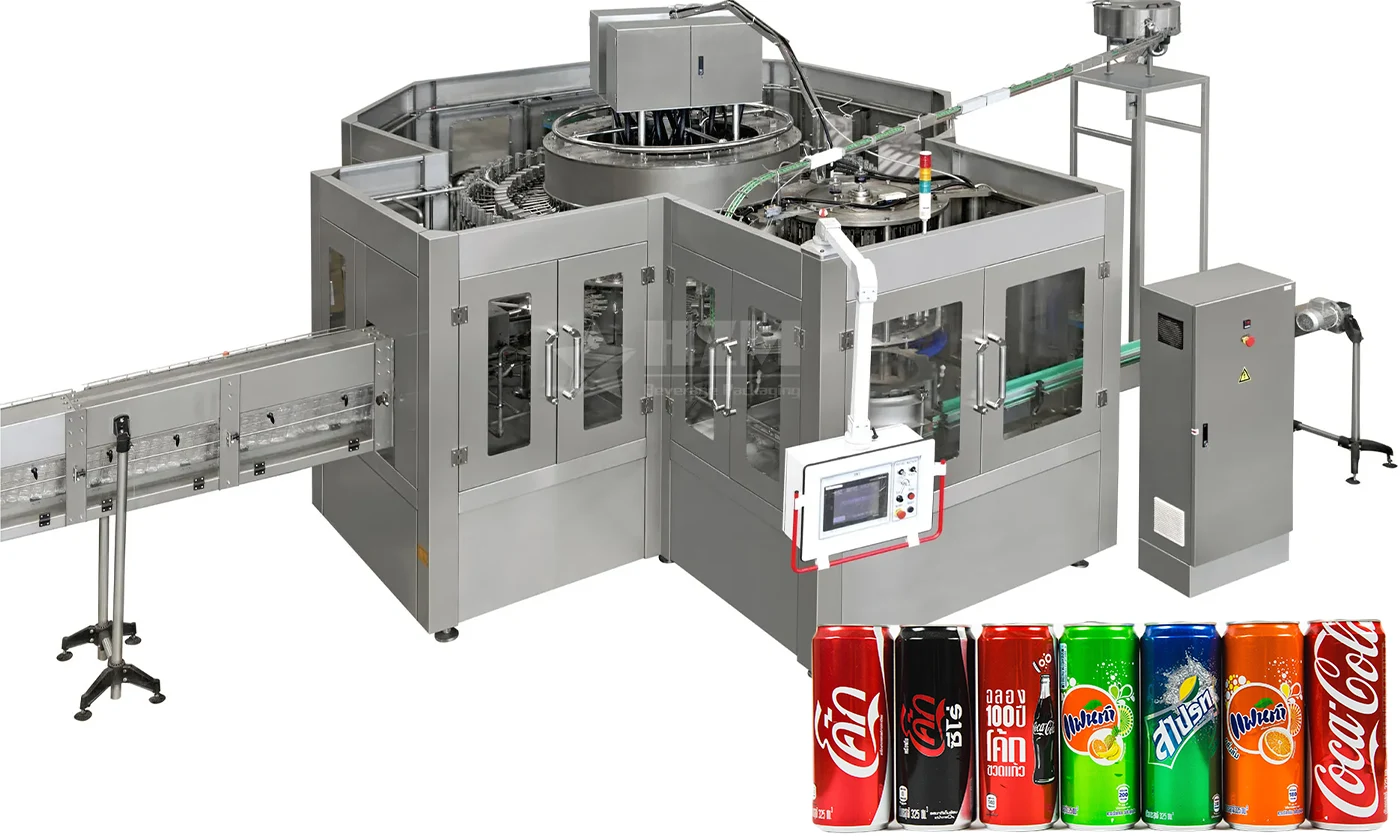
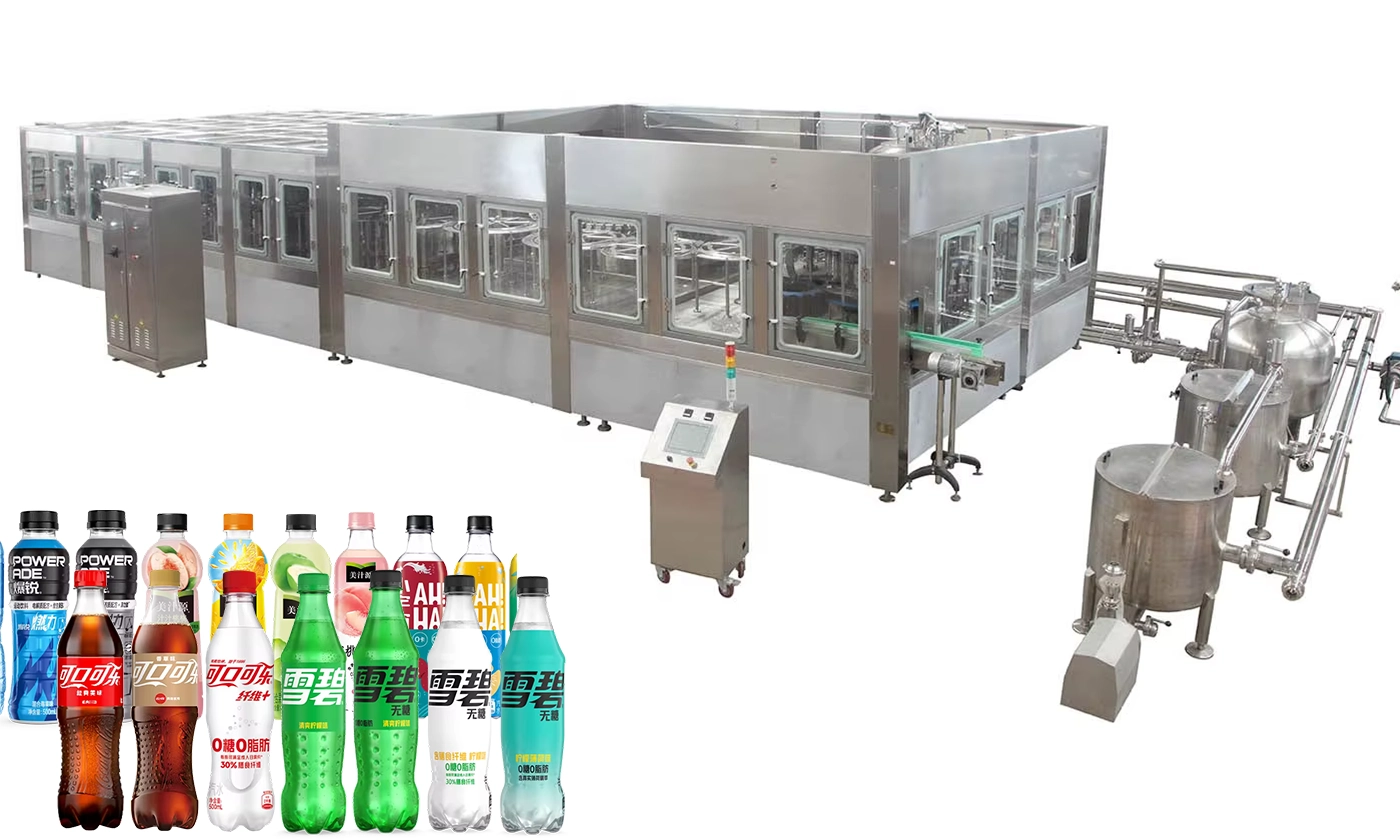
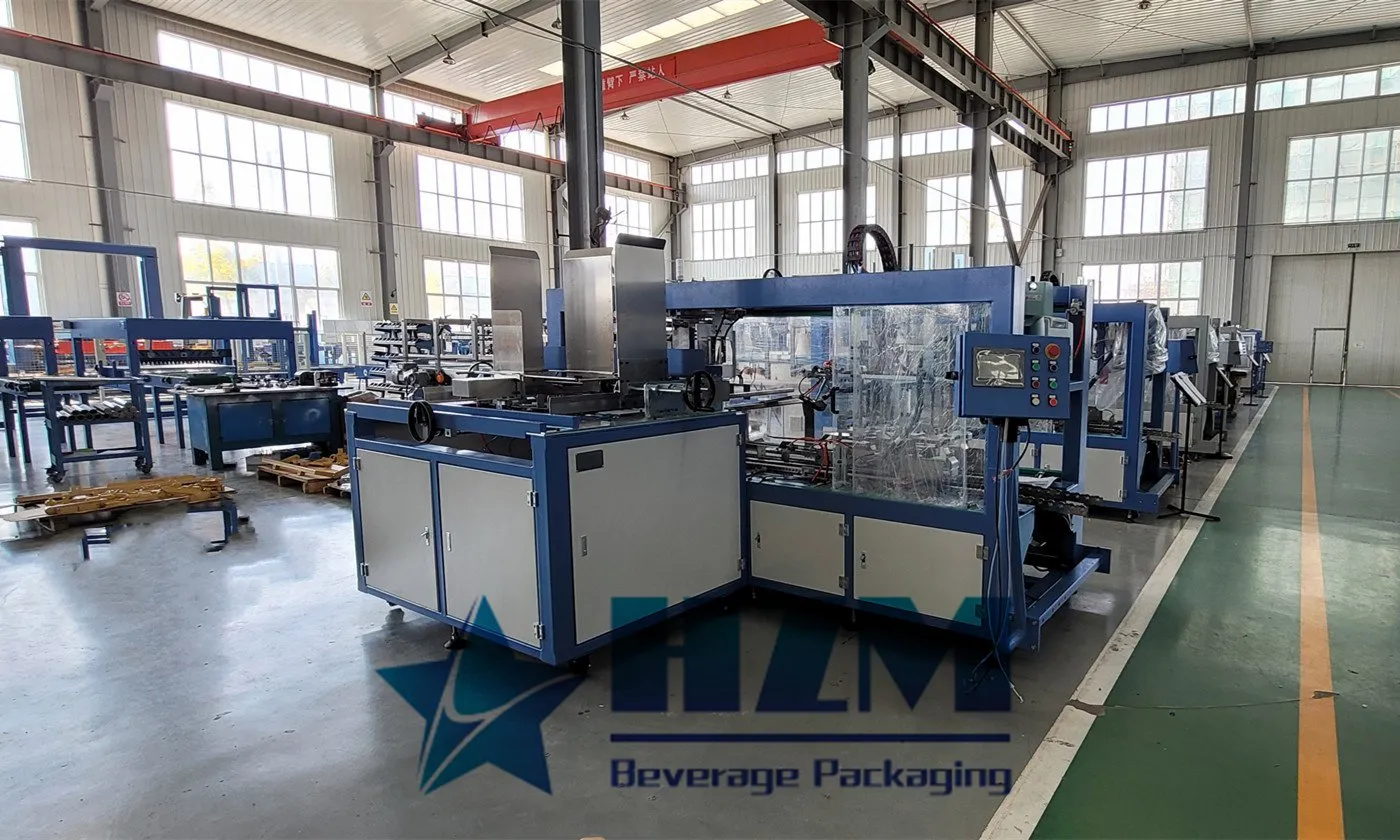
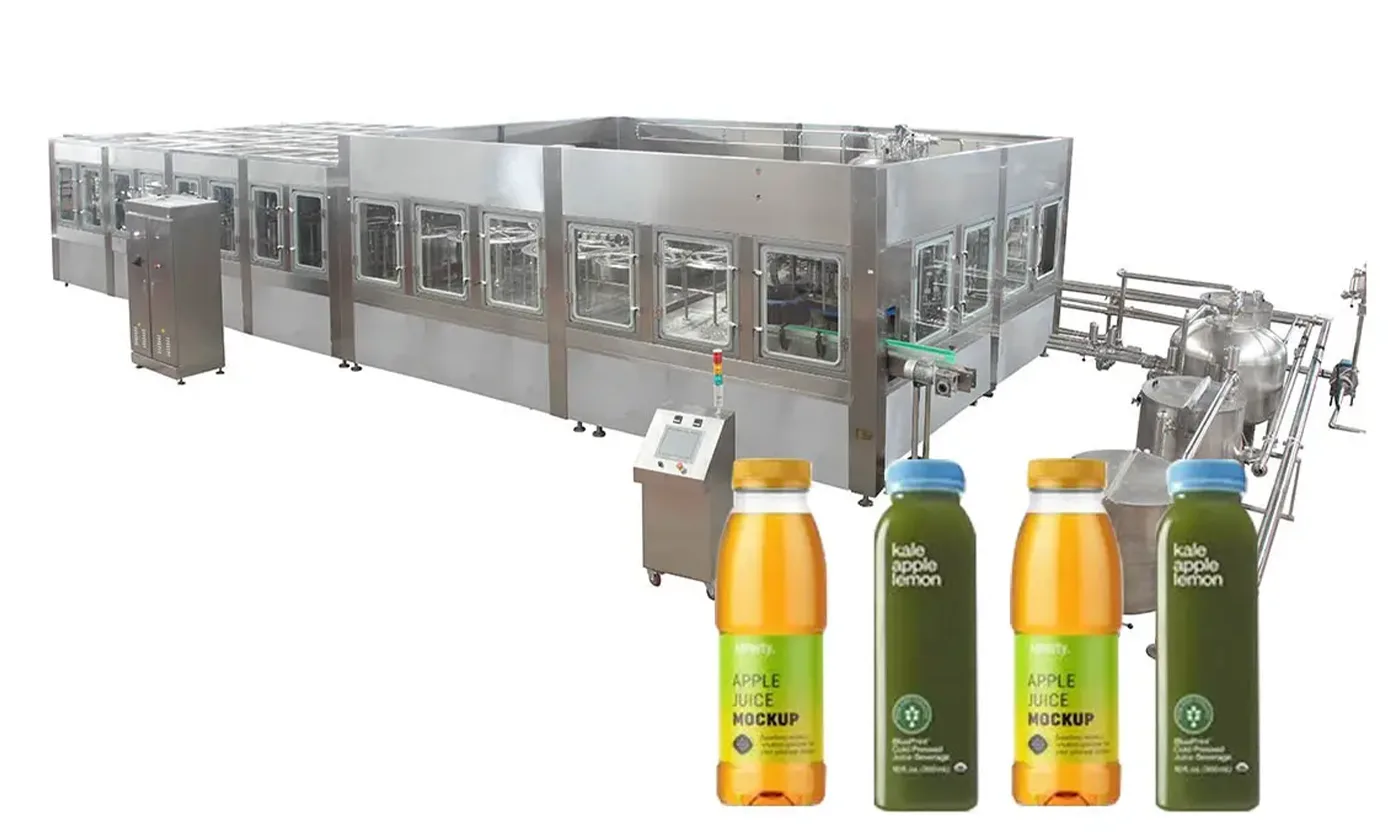
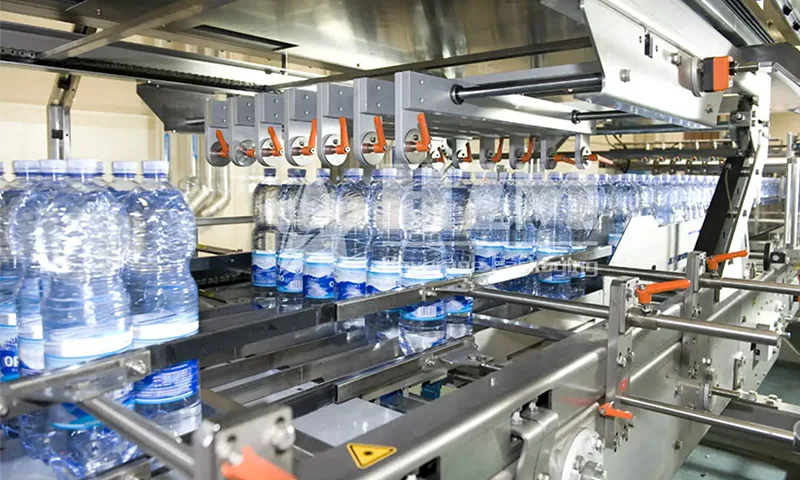
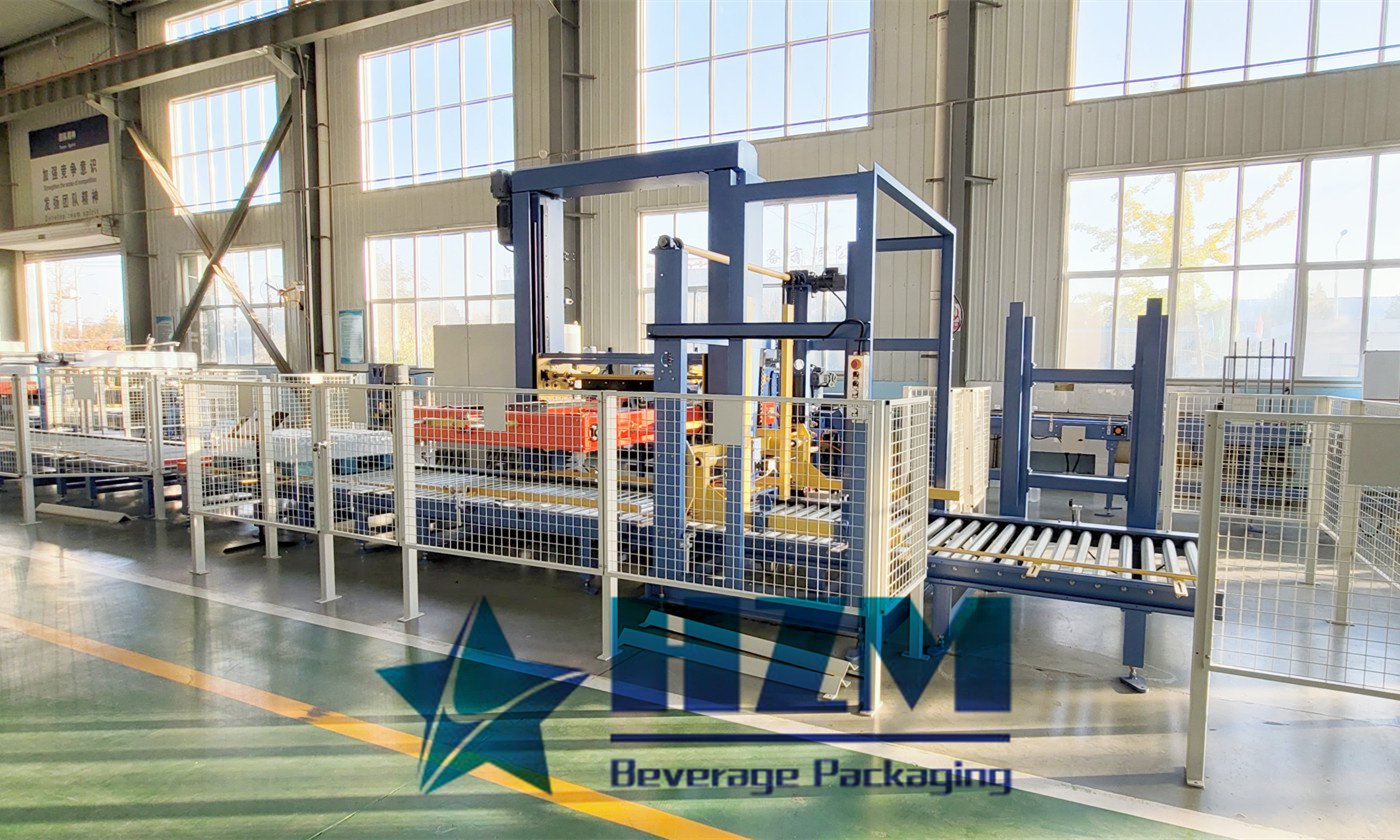
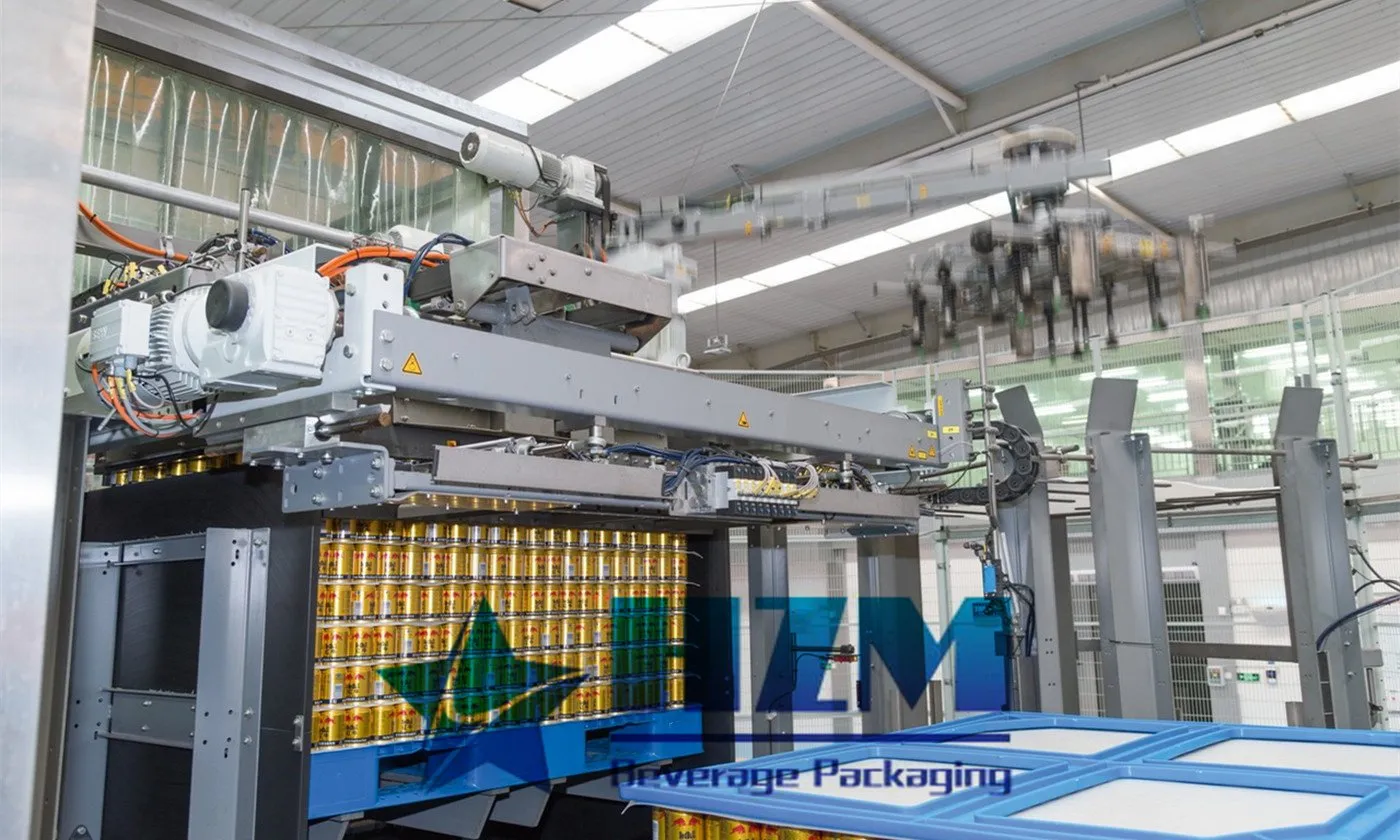
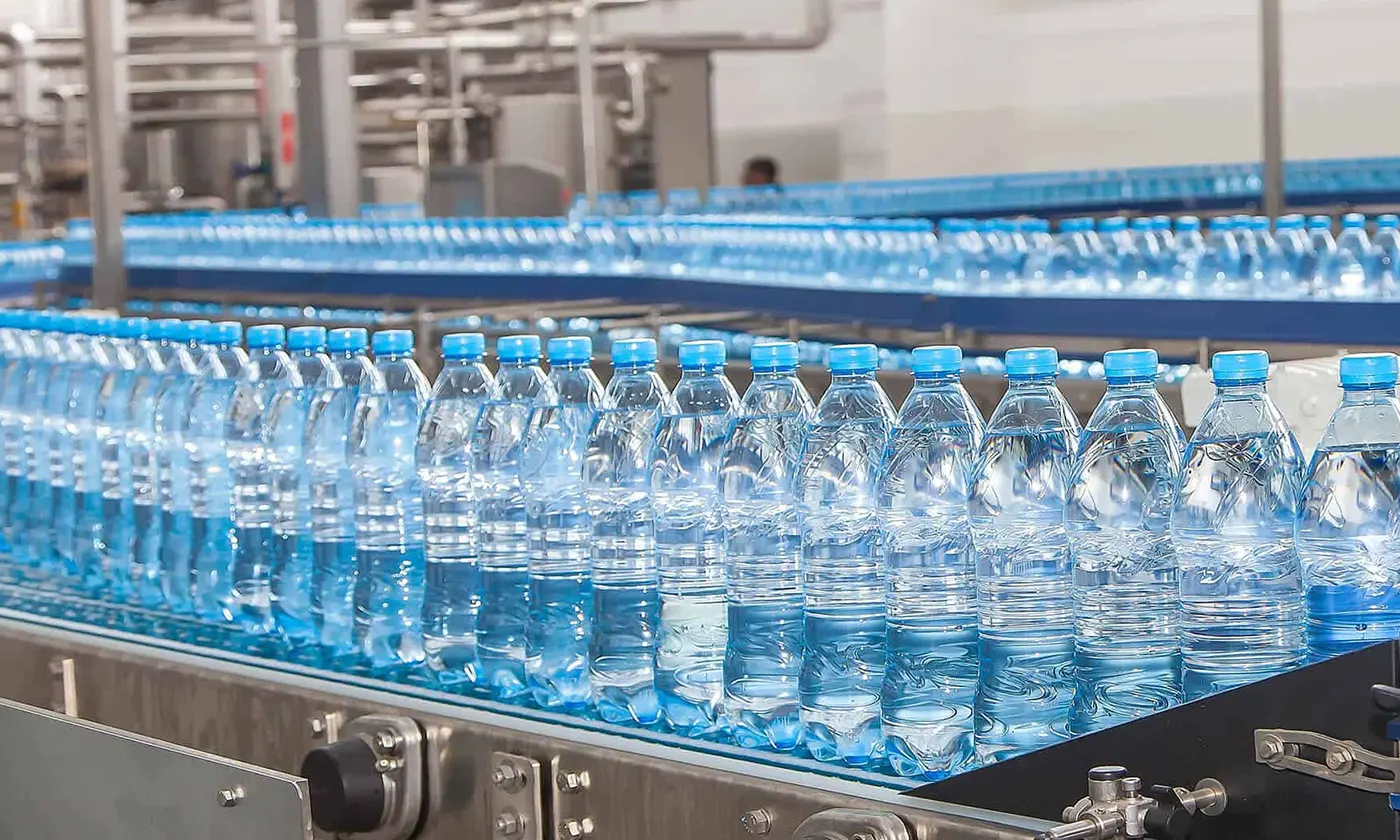
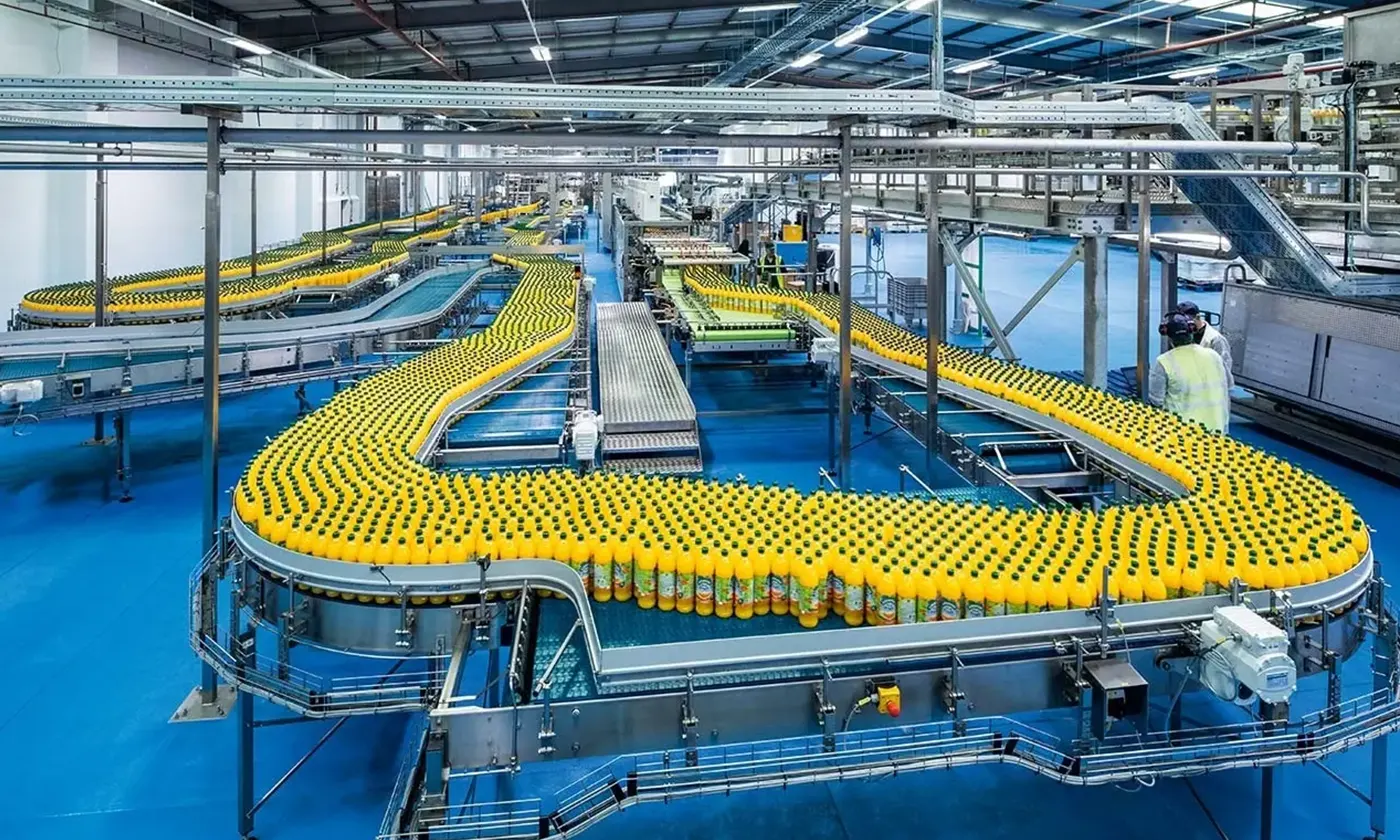
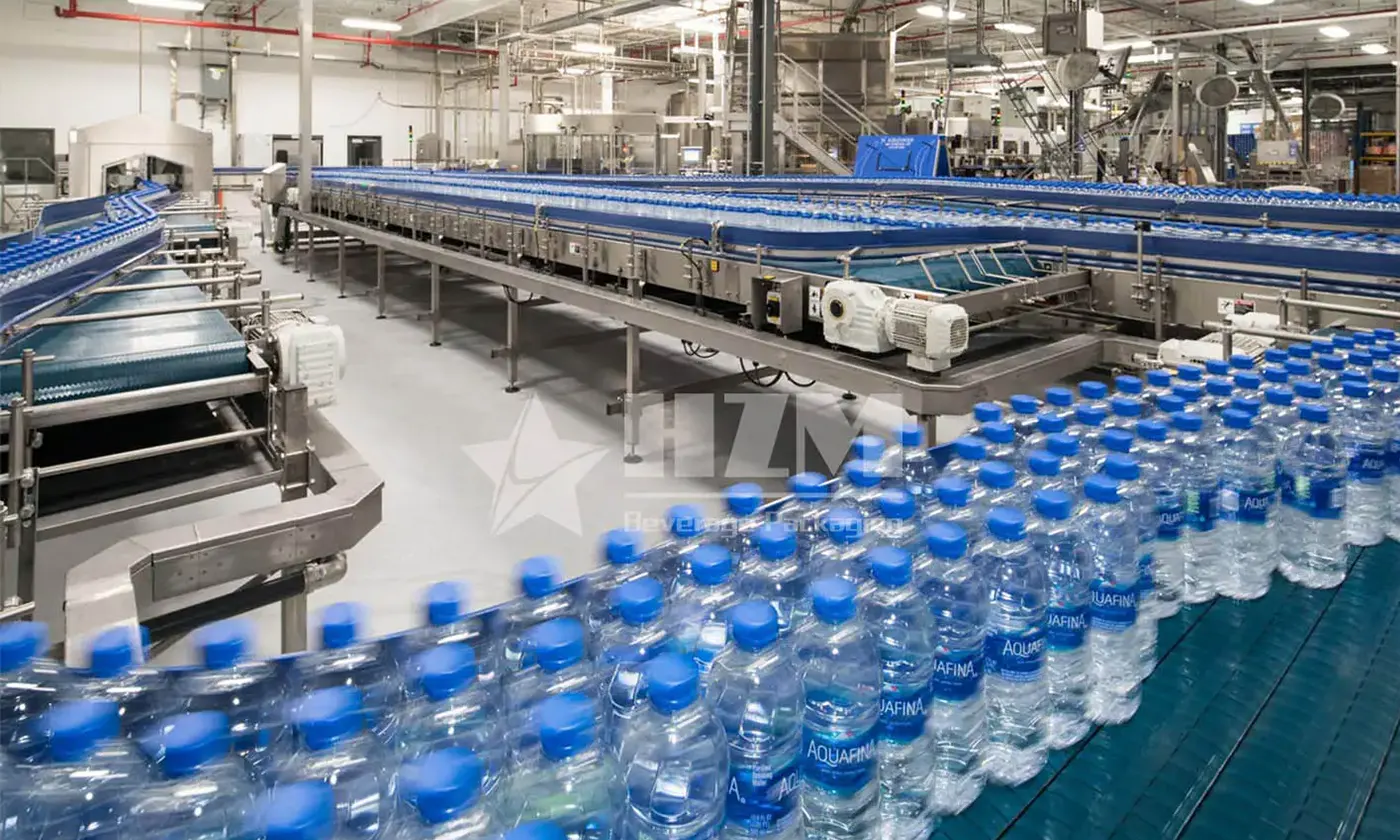
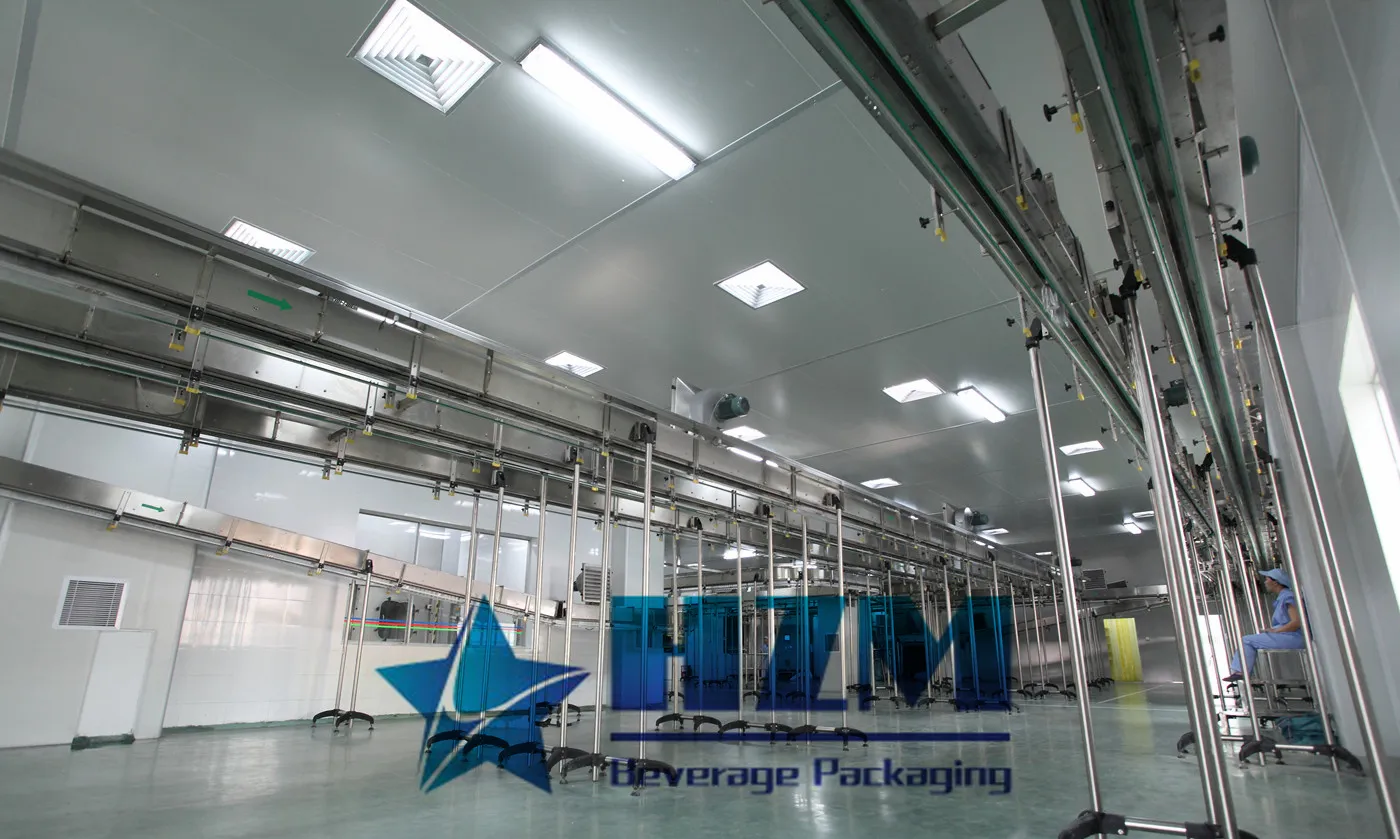
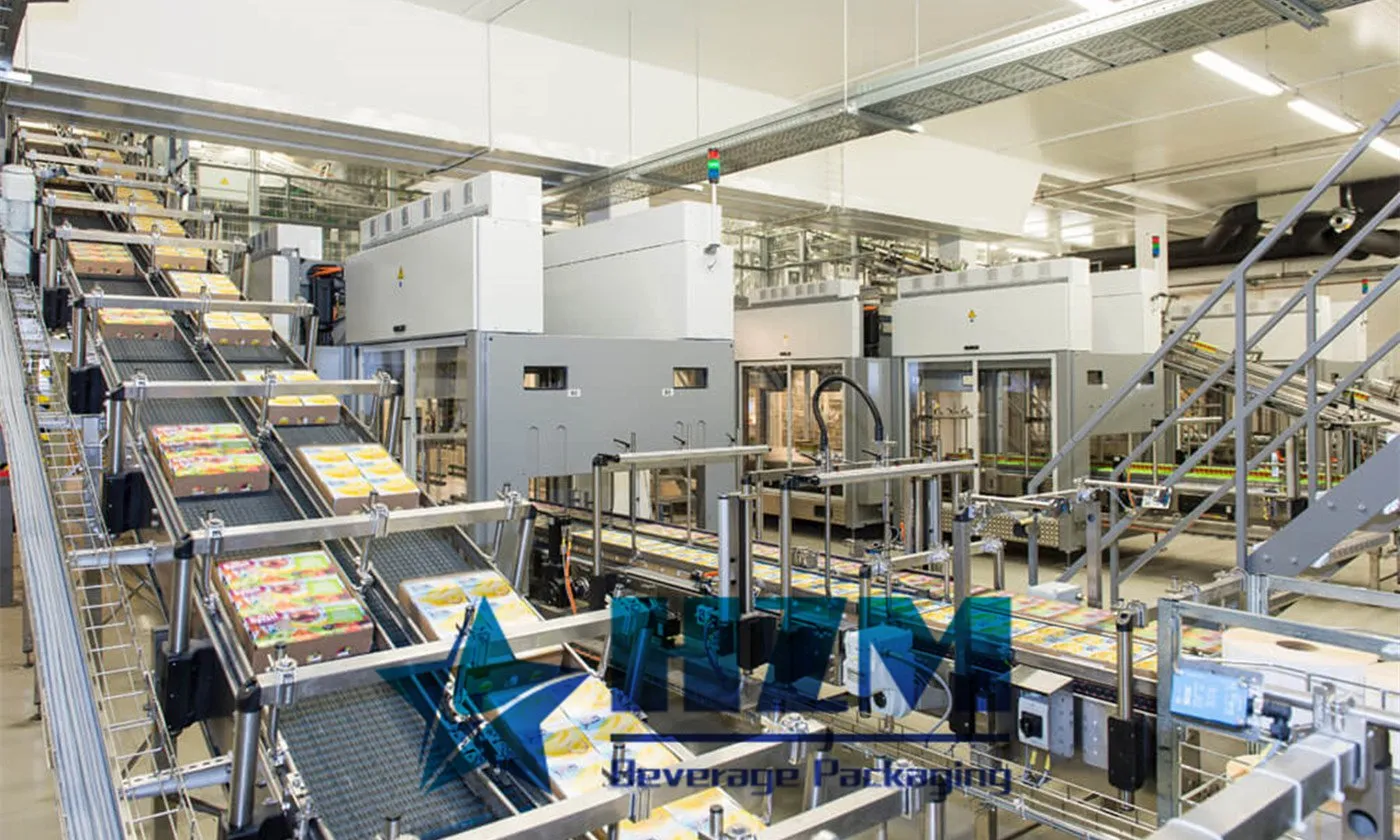
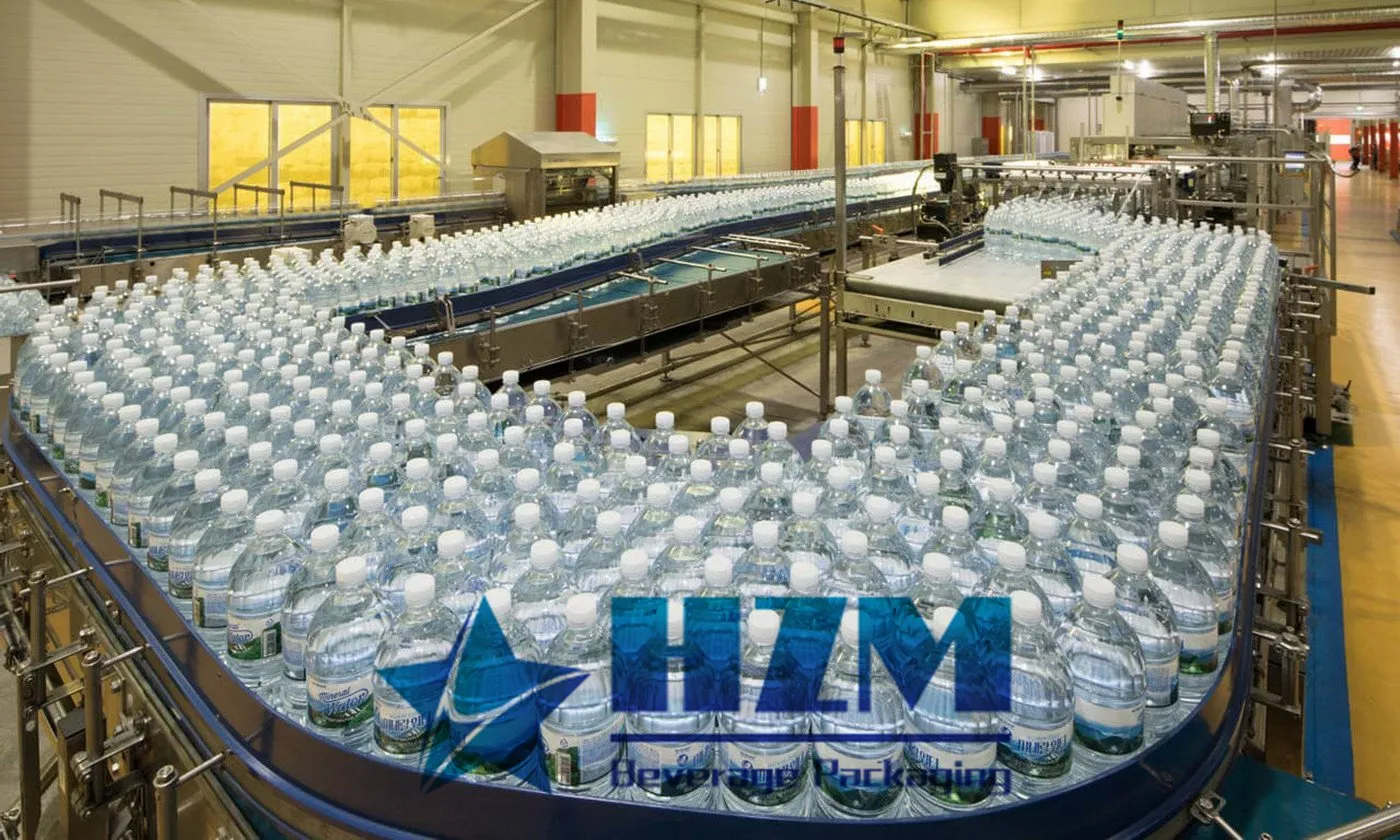
 Home /
Home / 